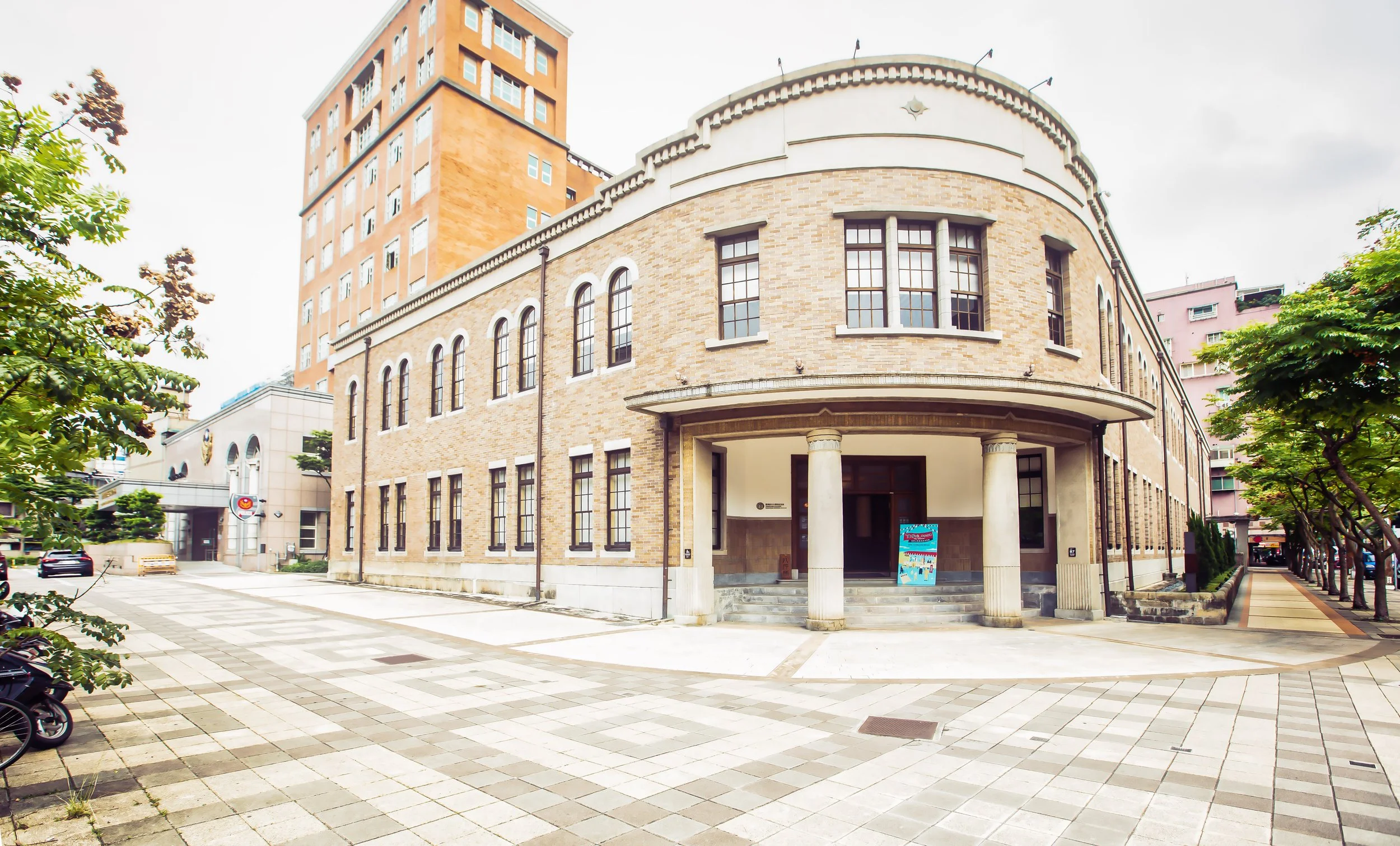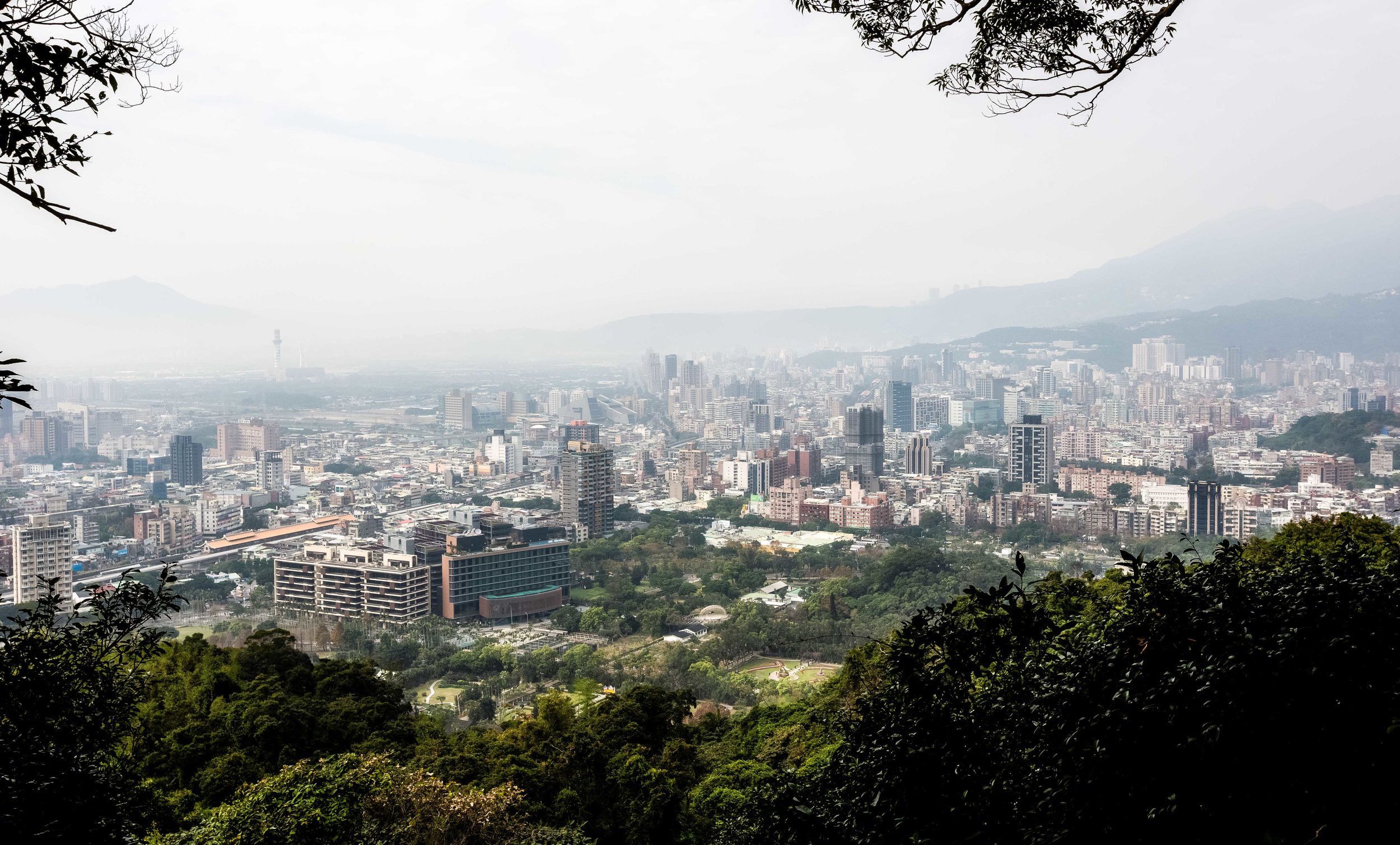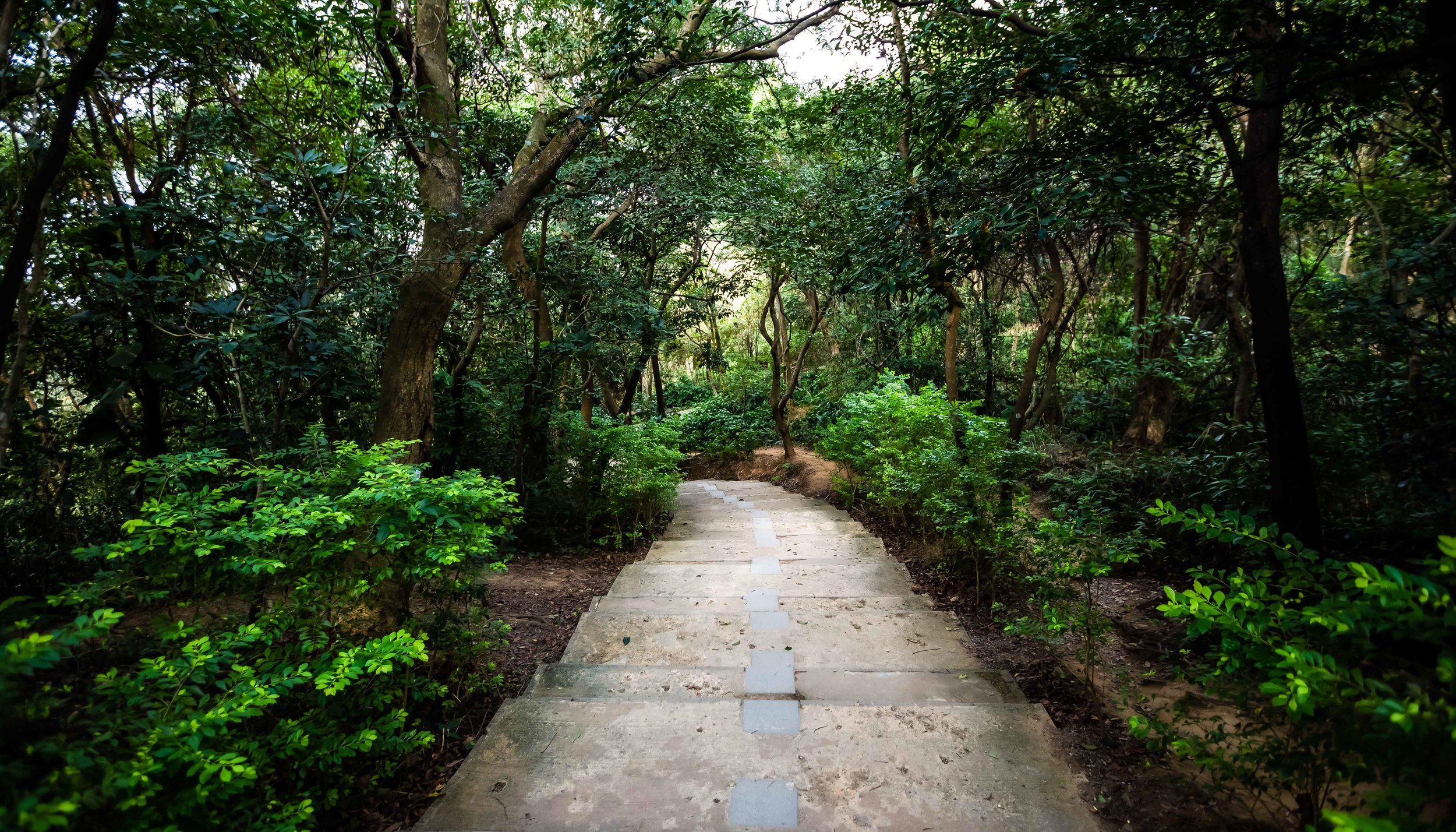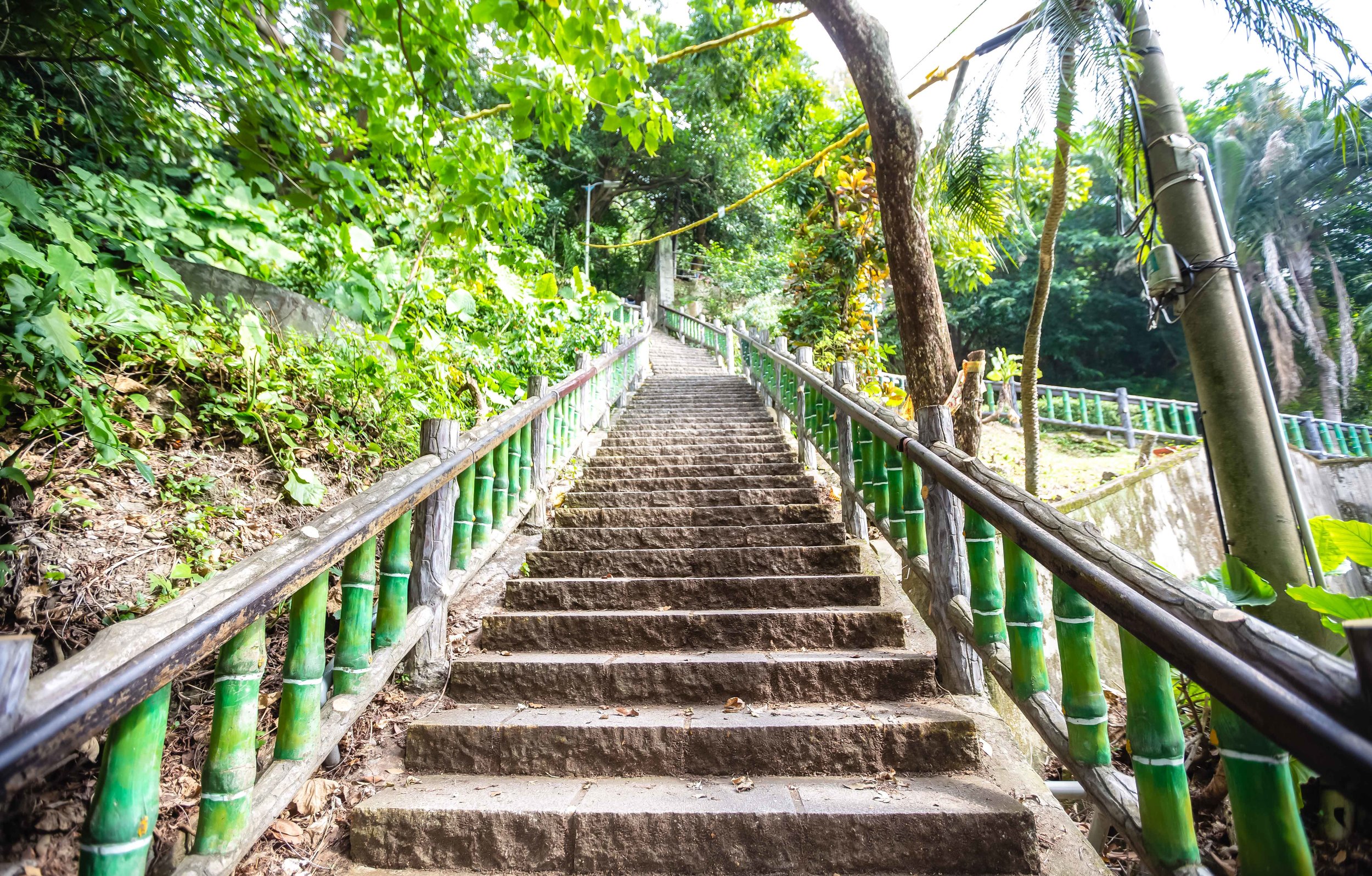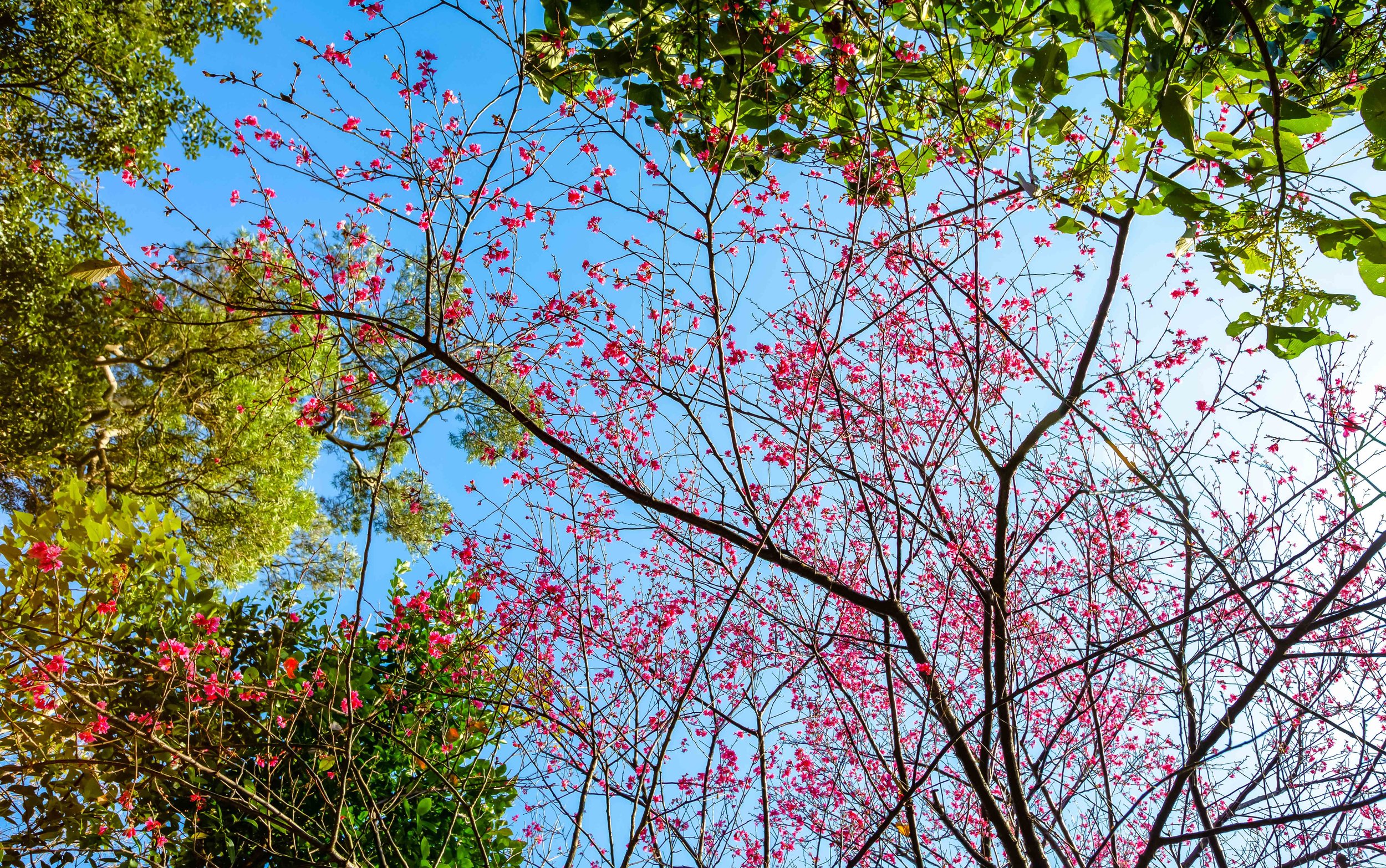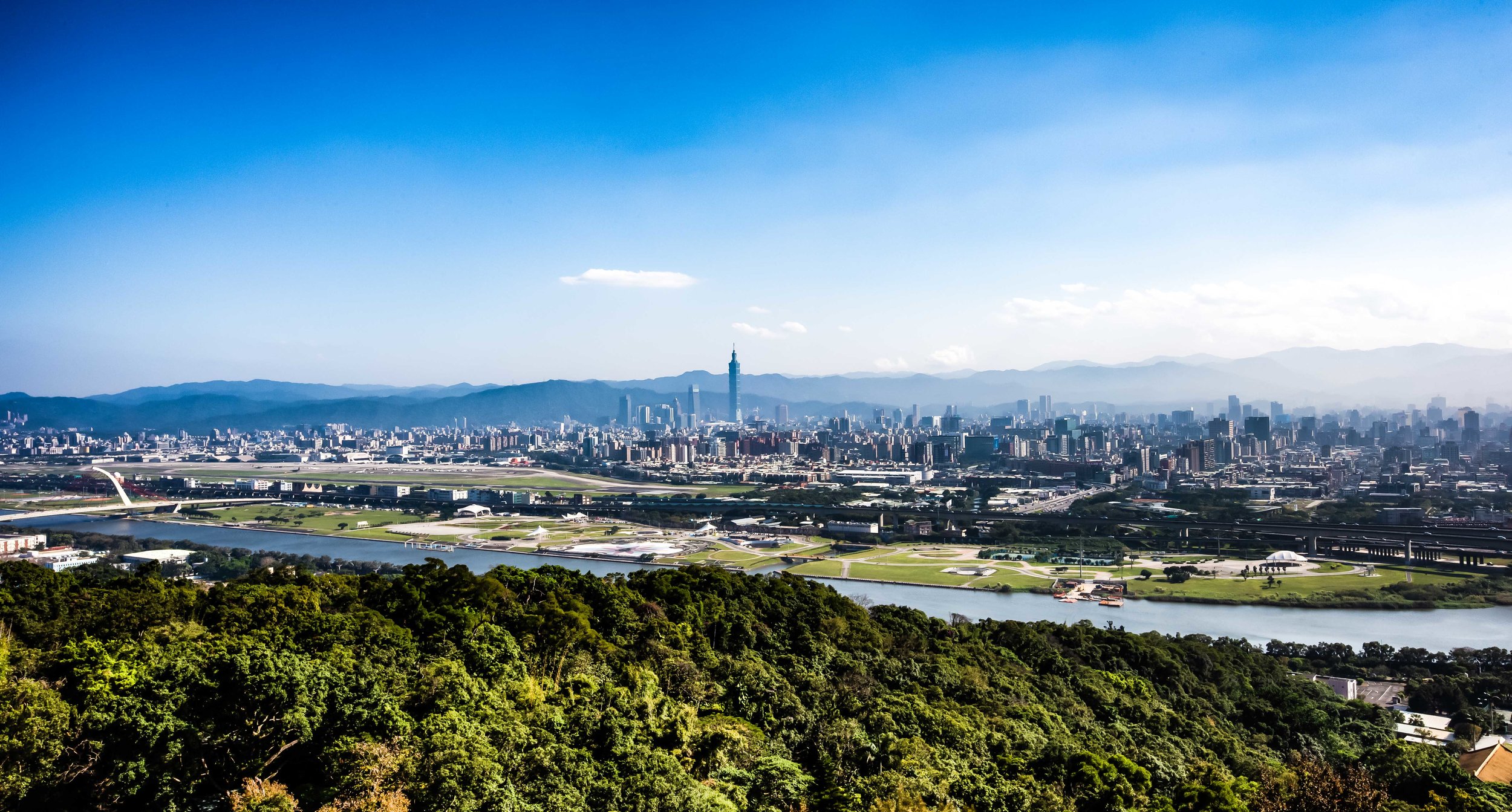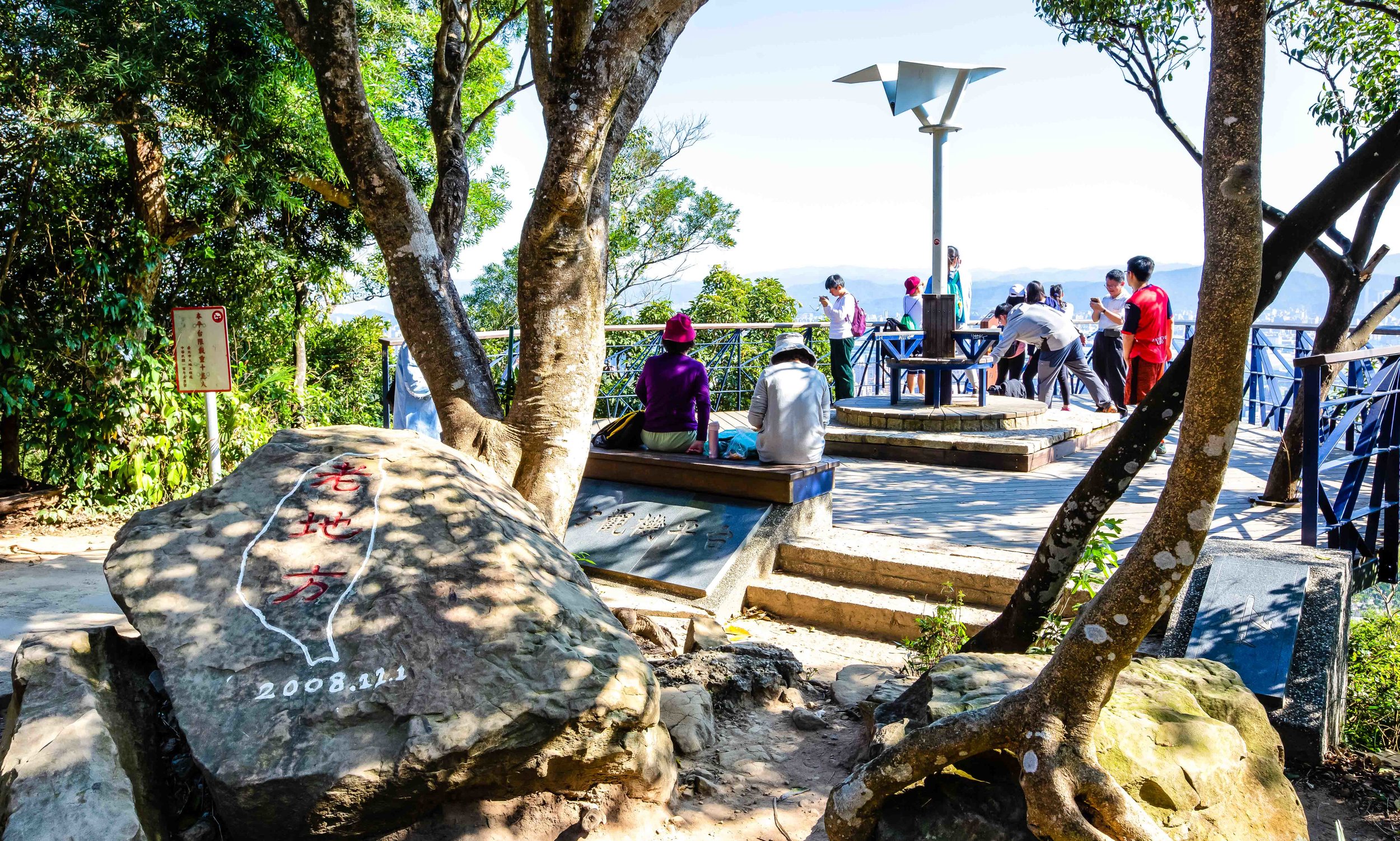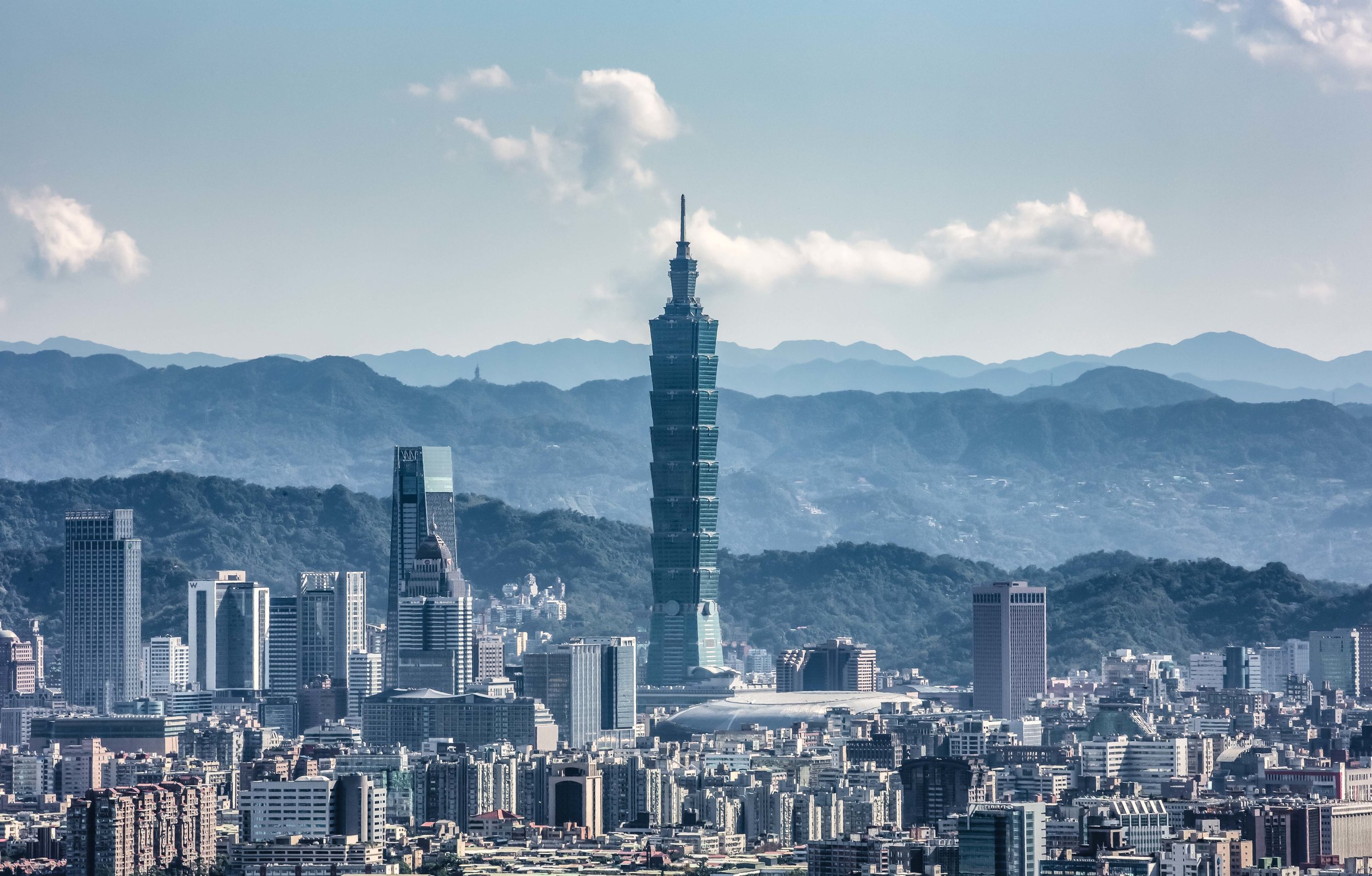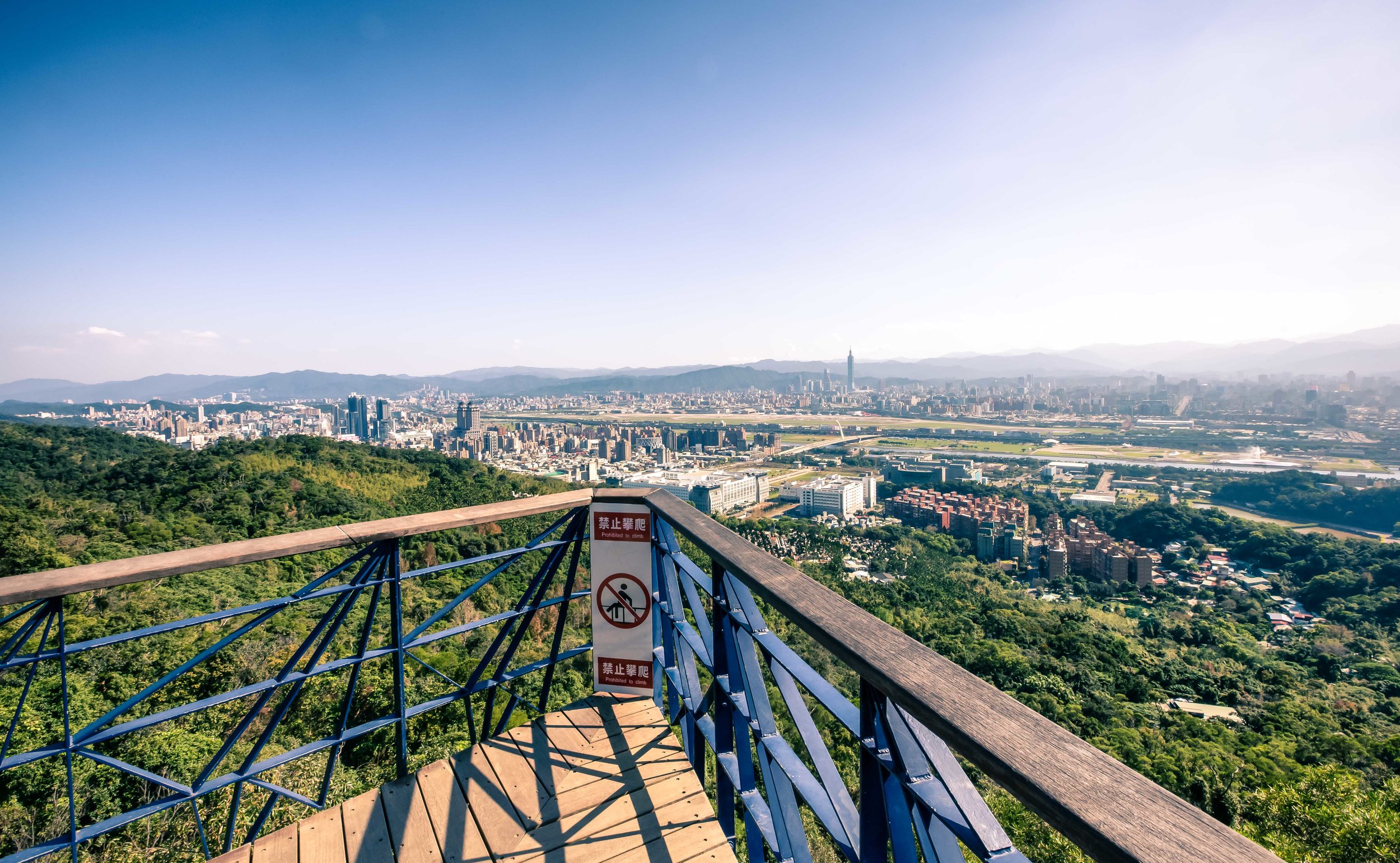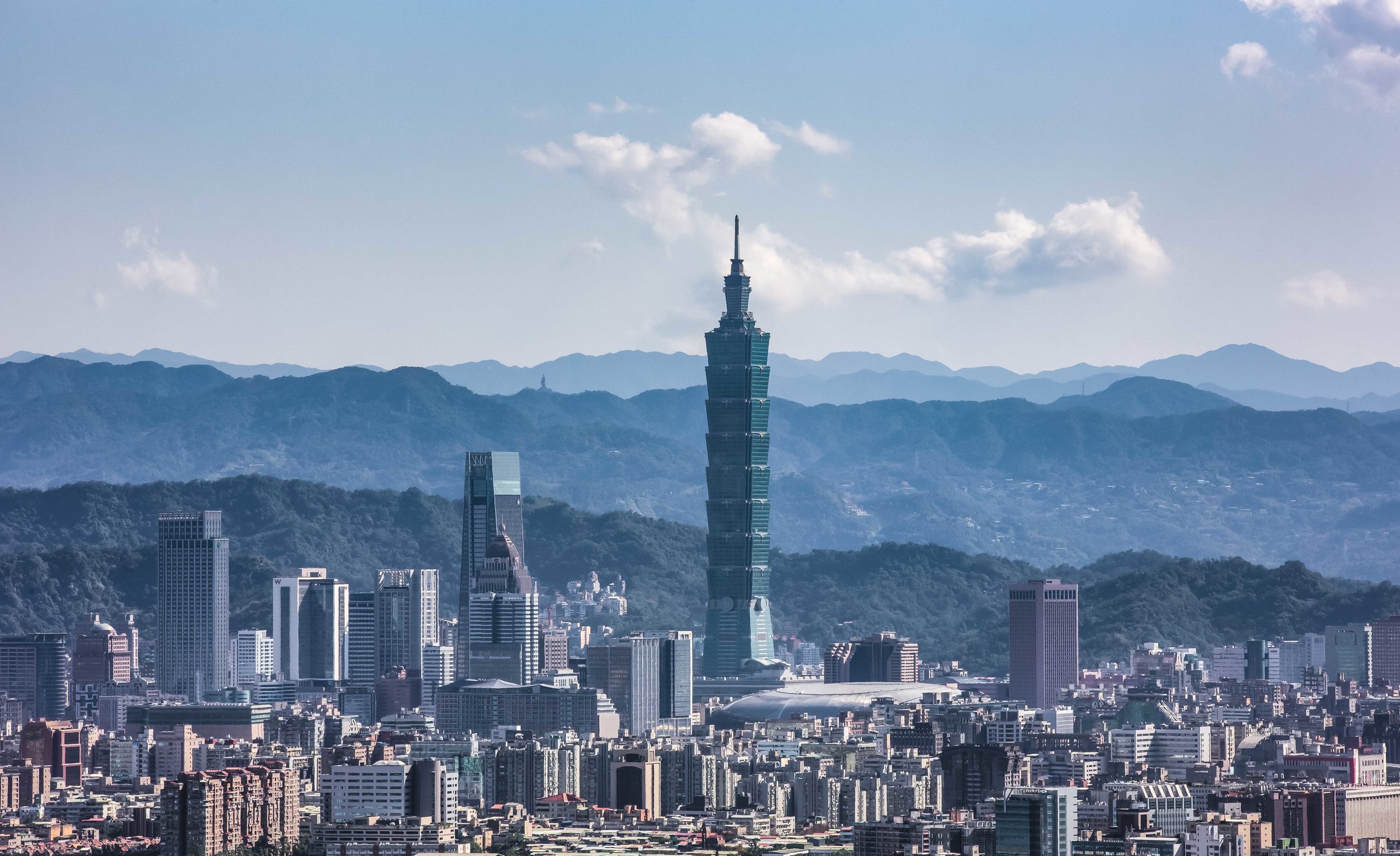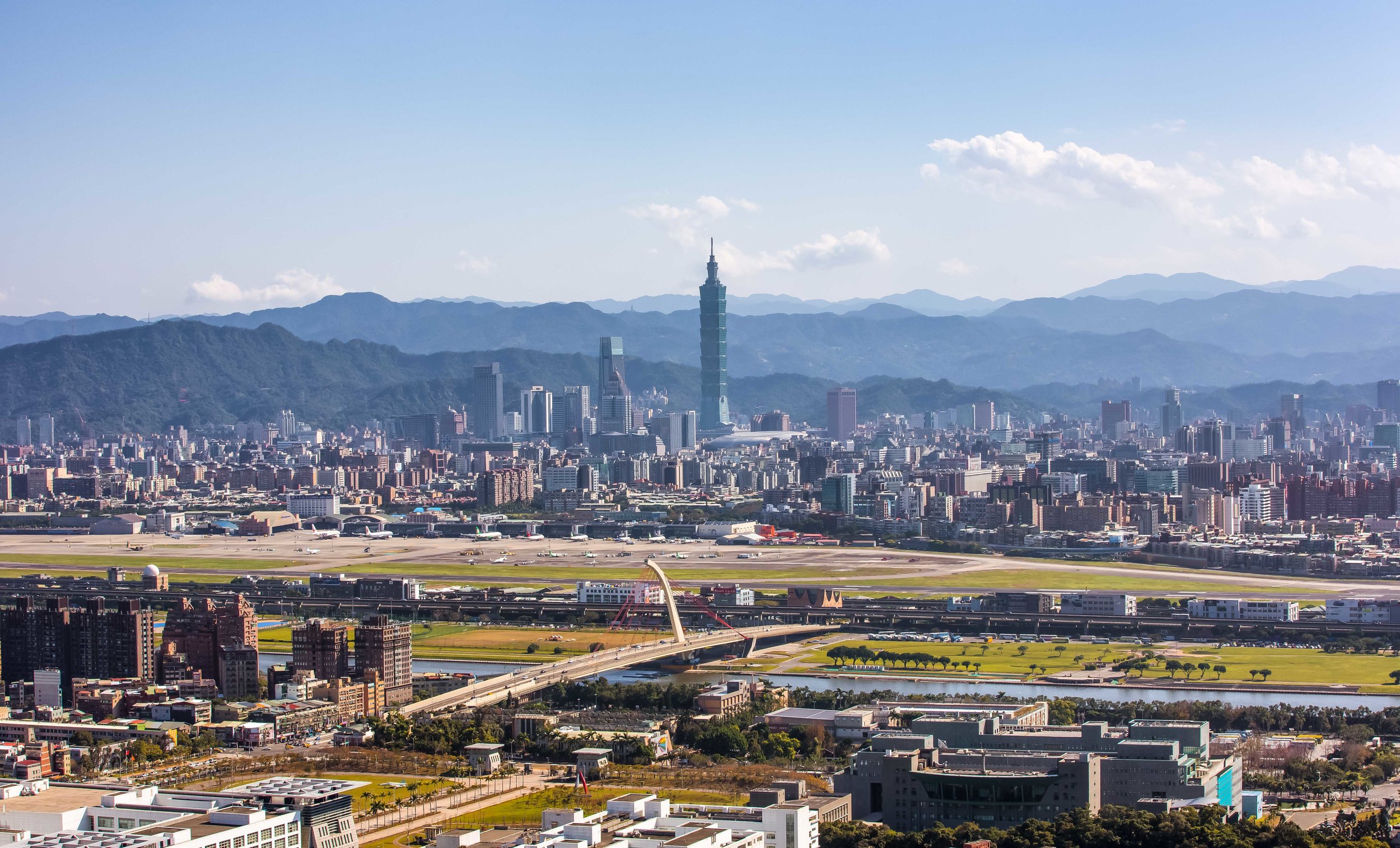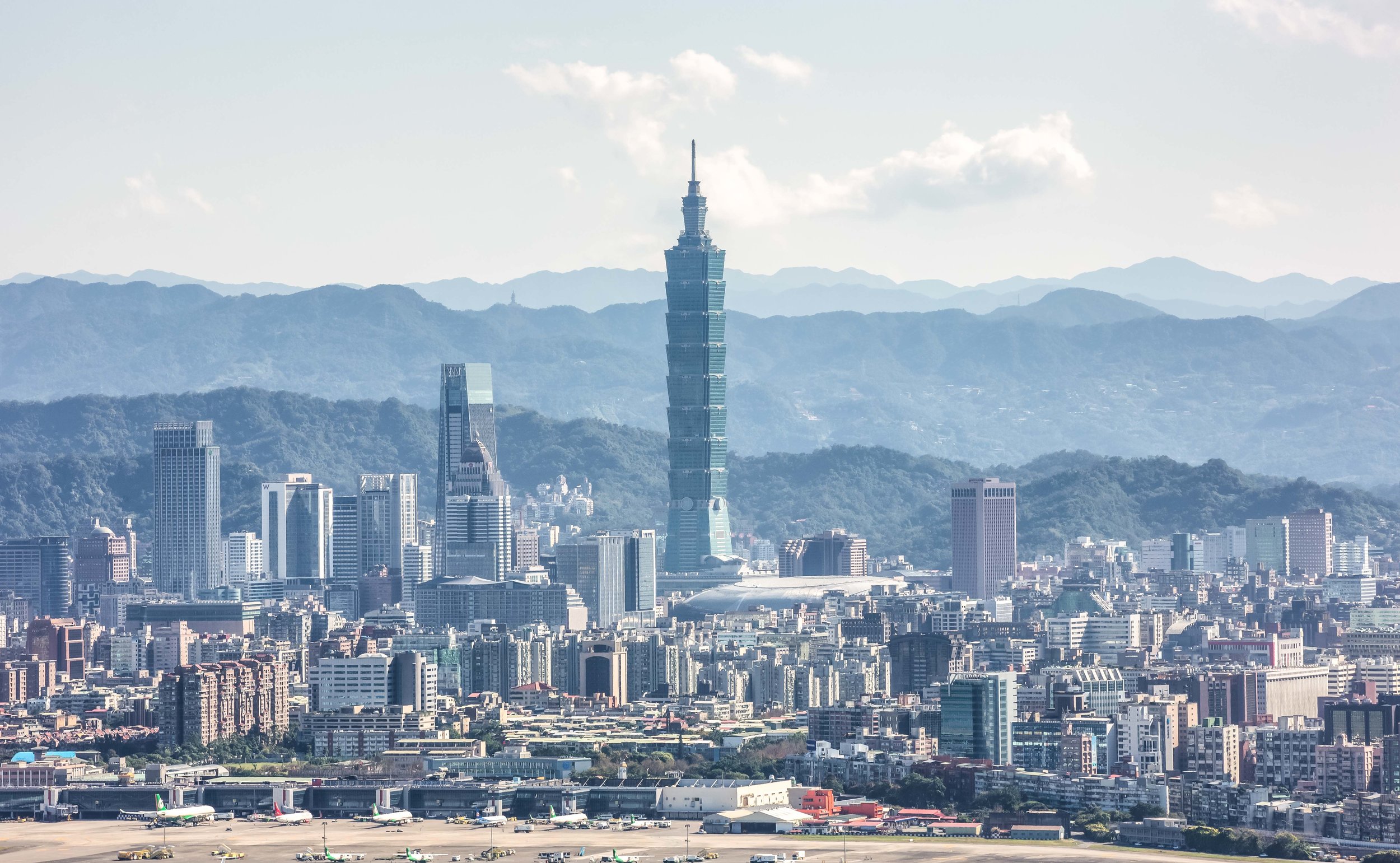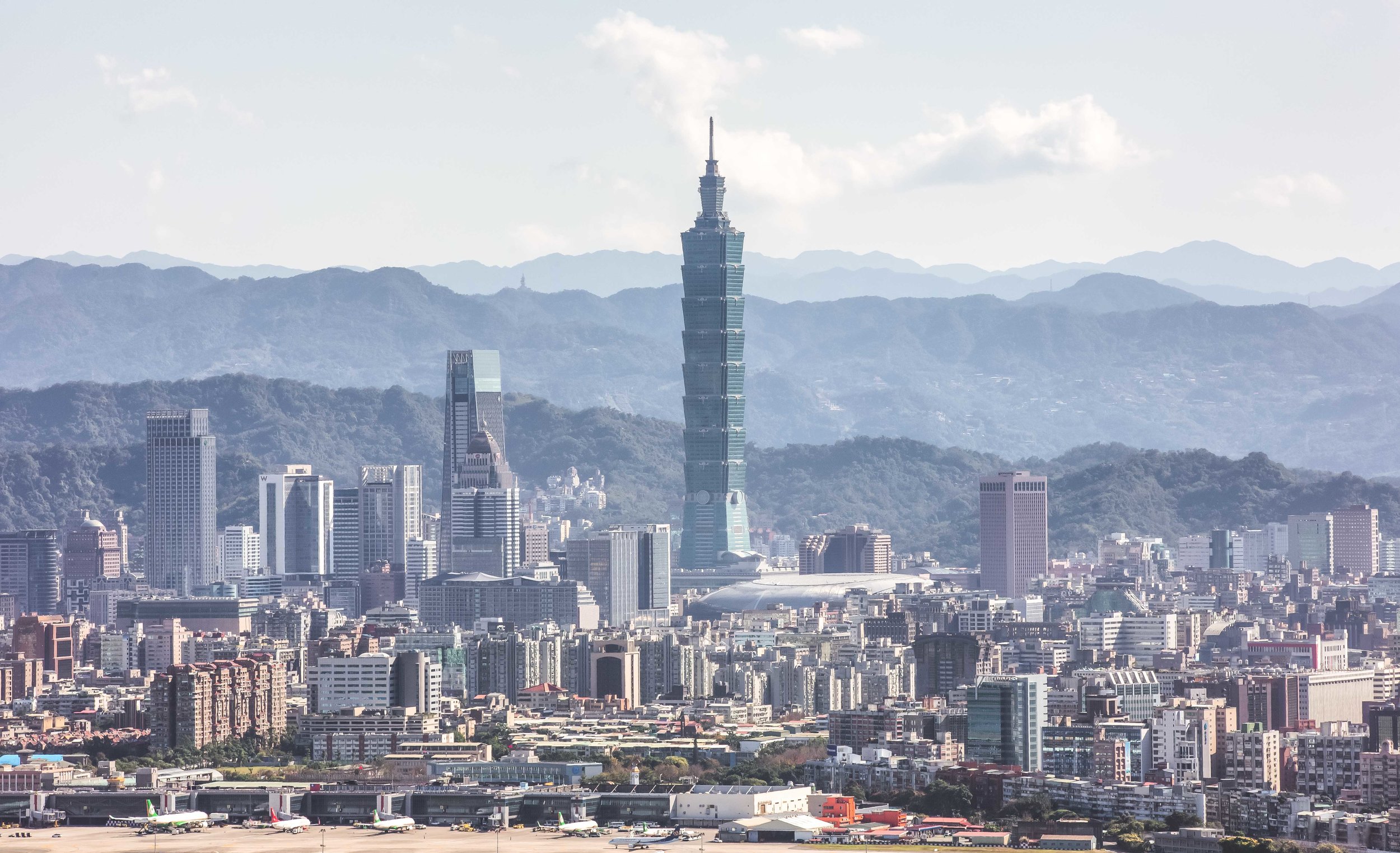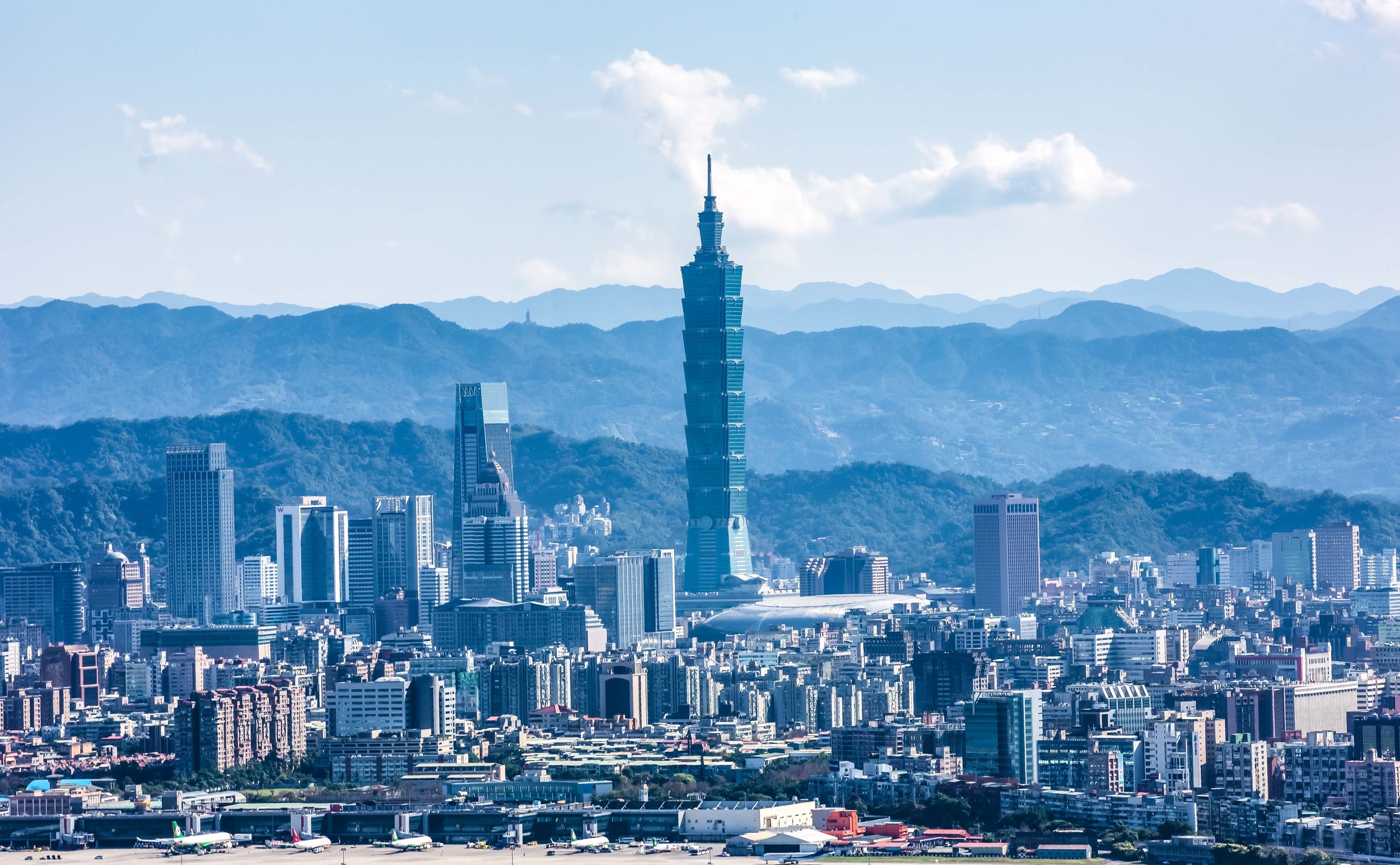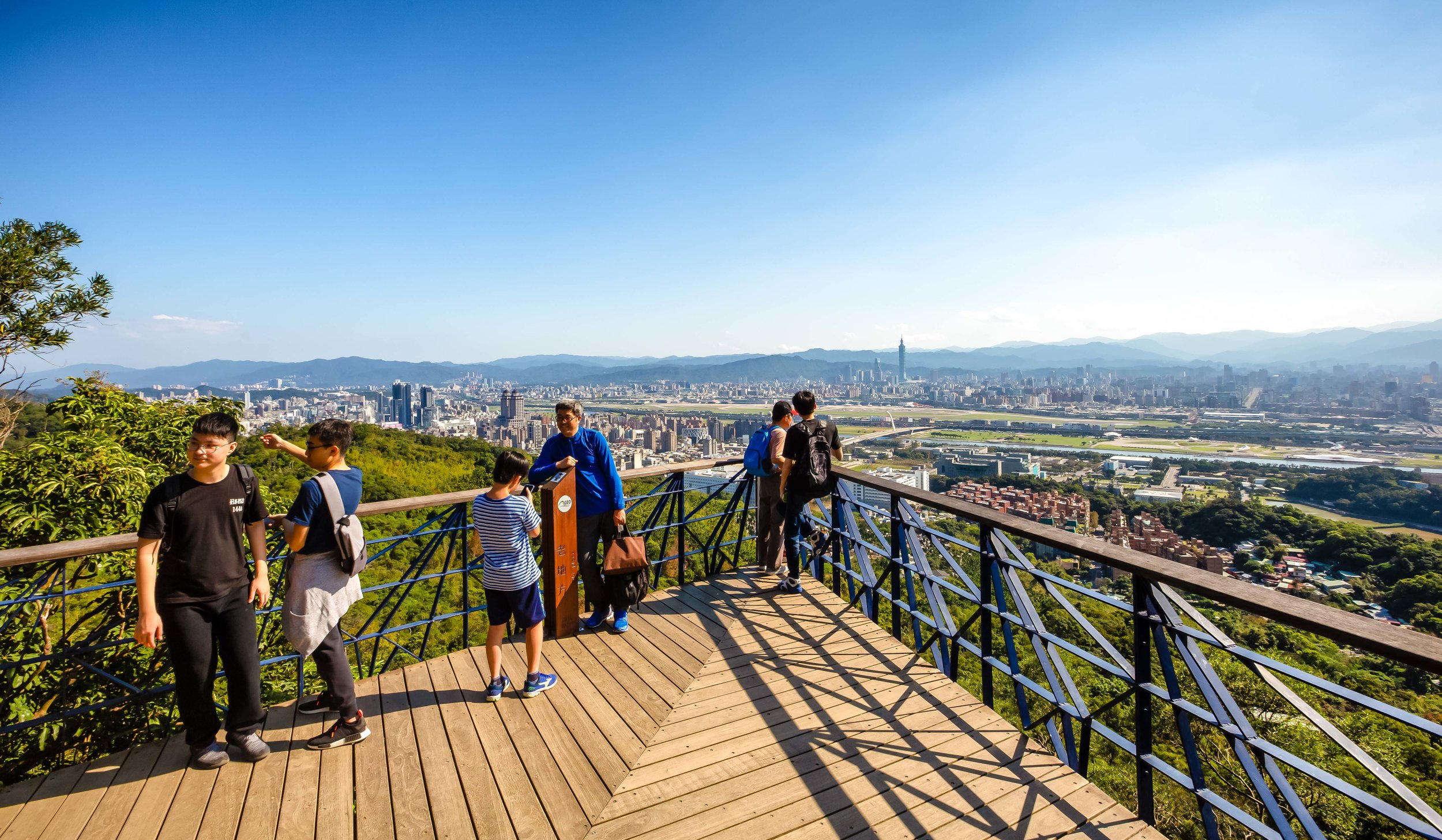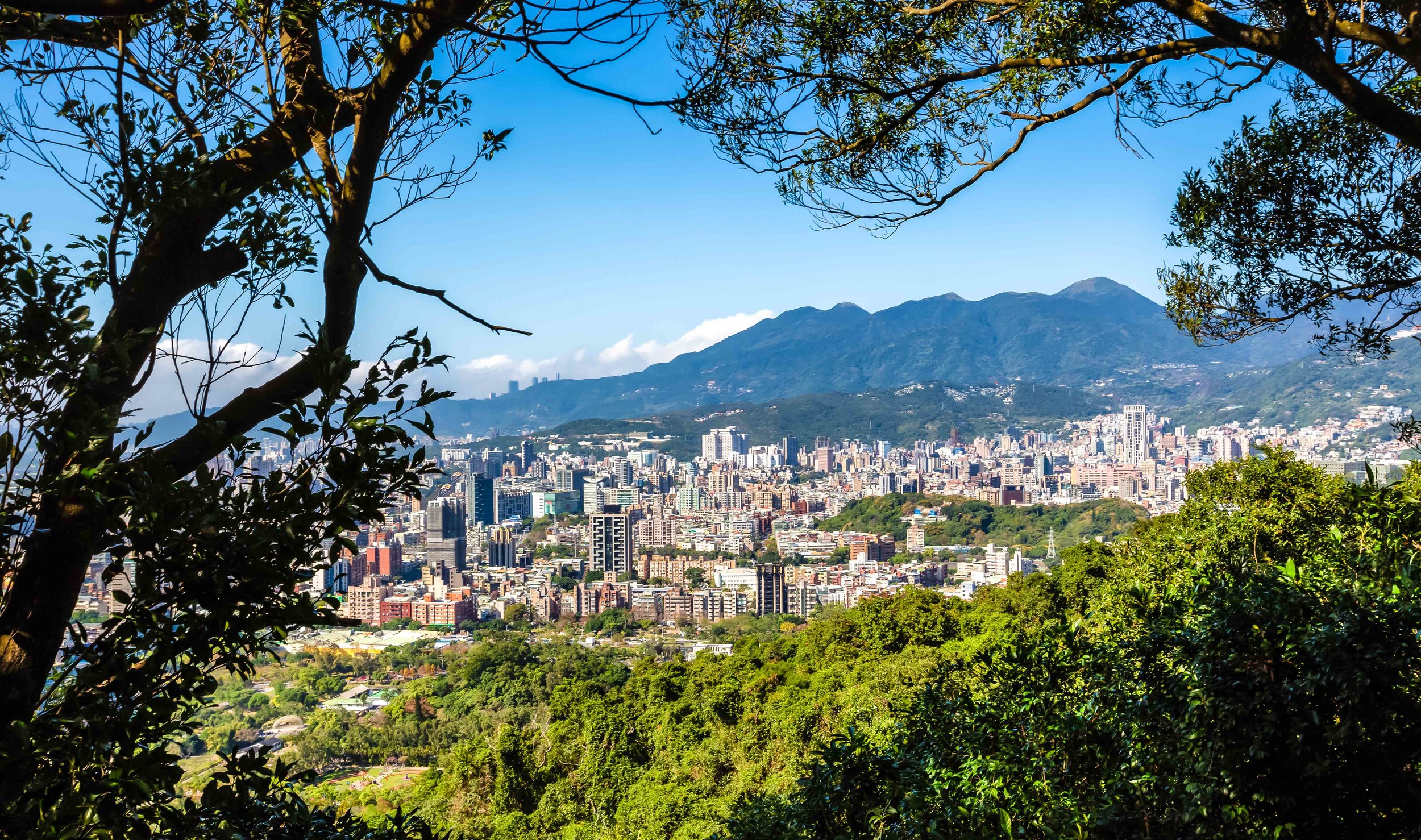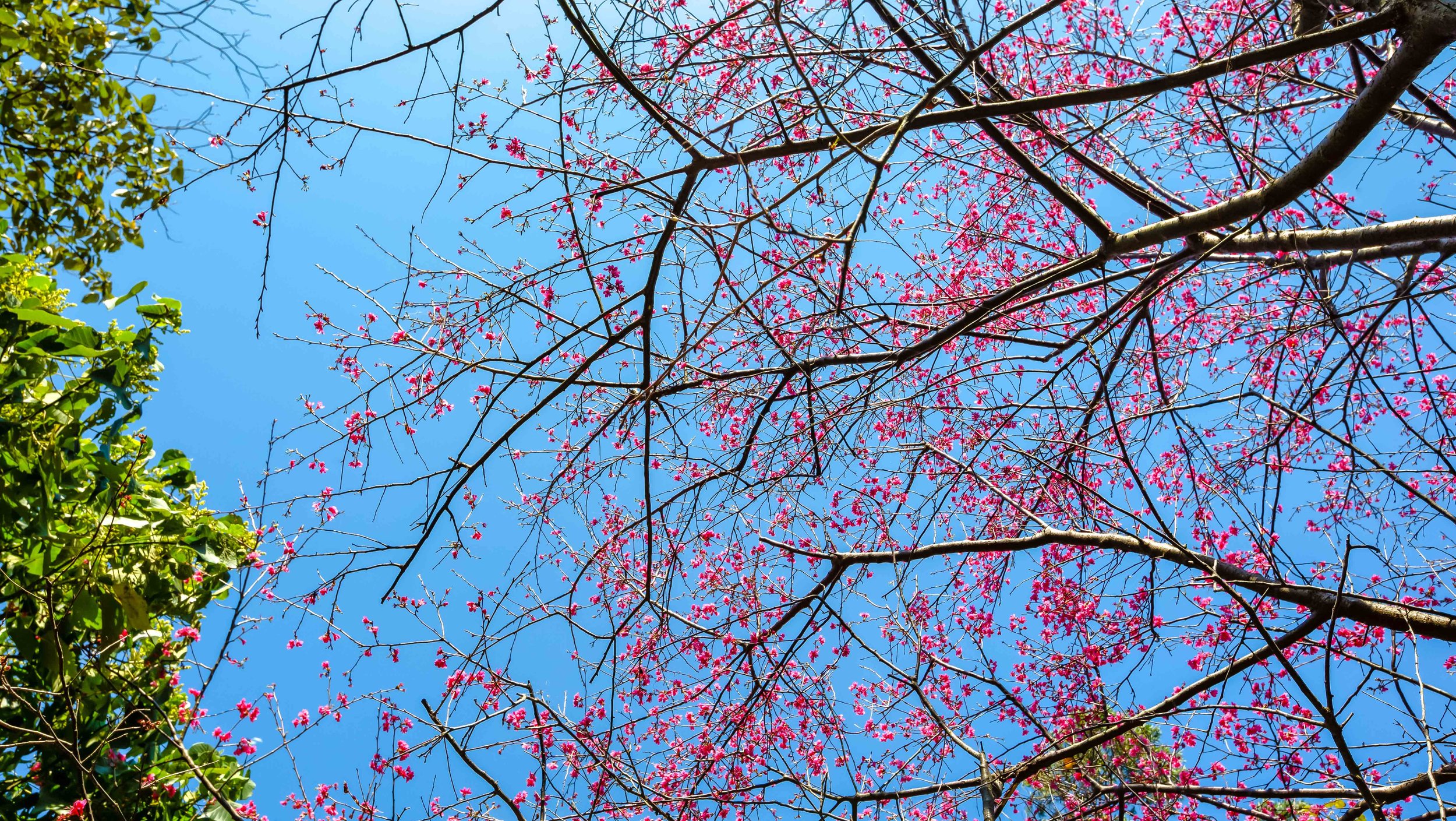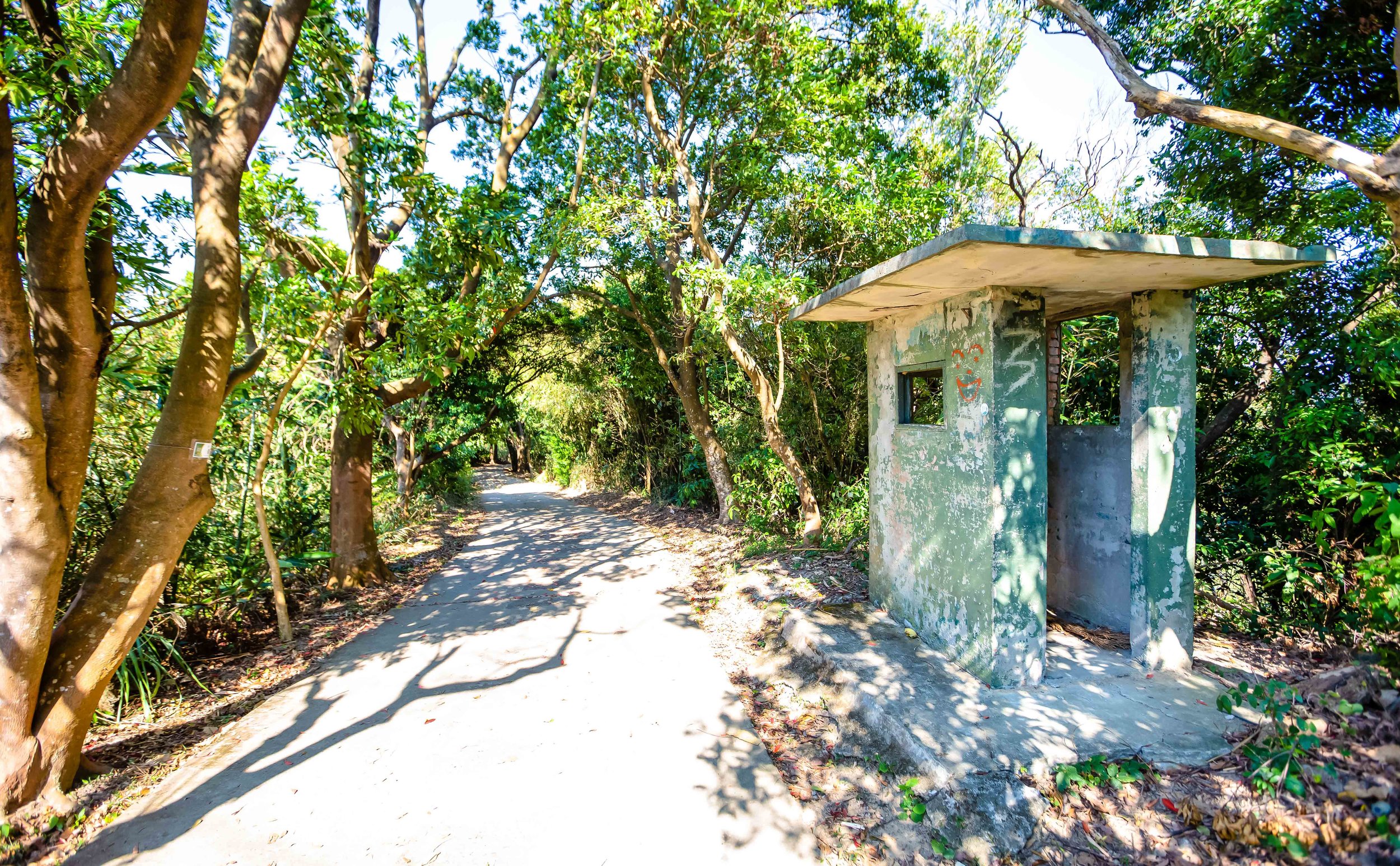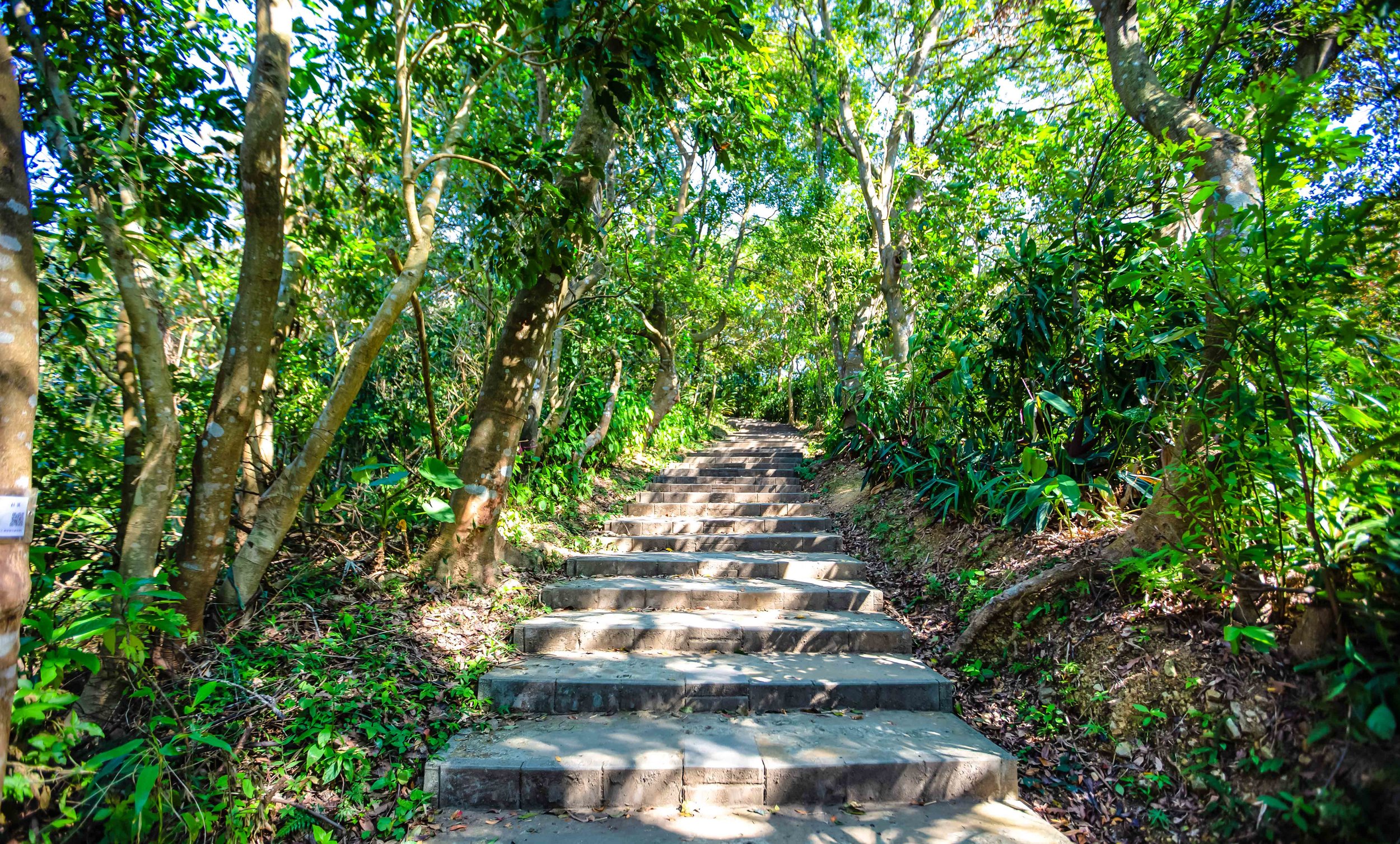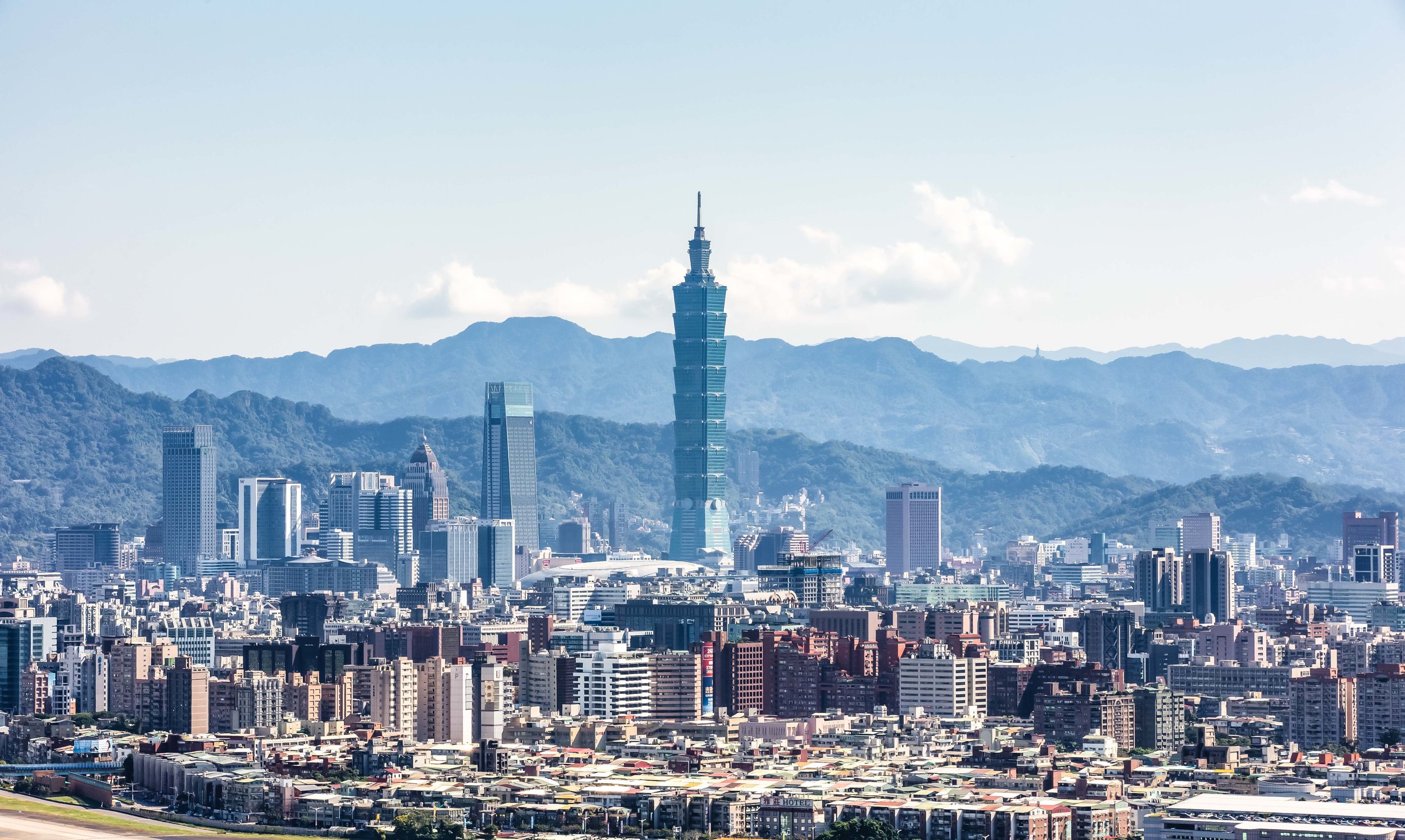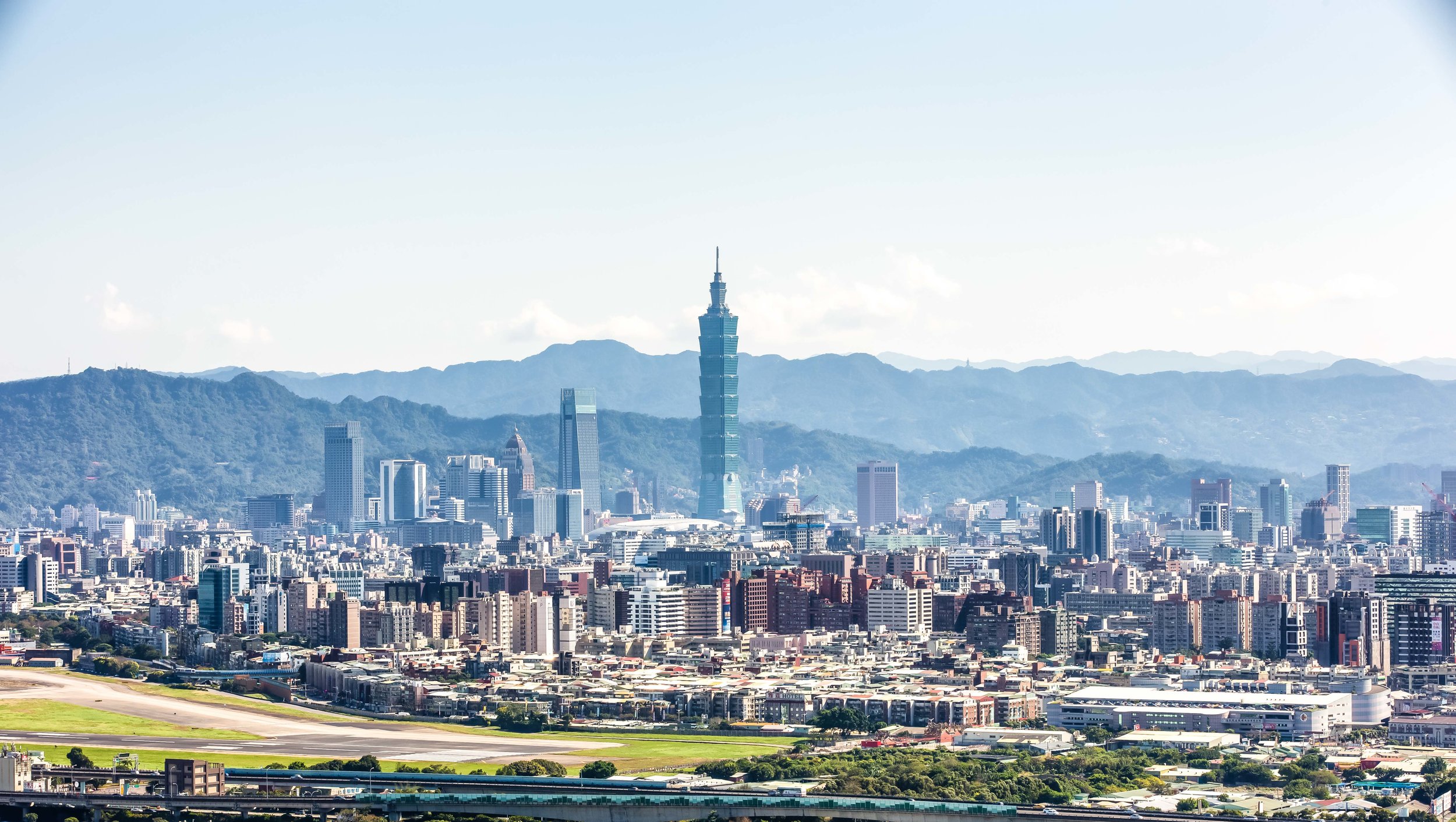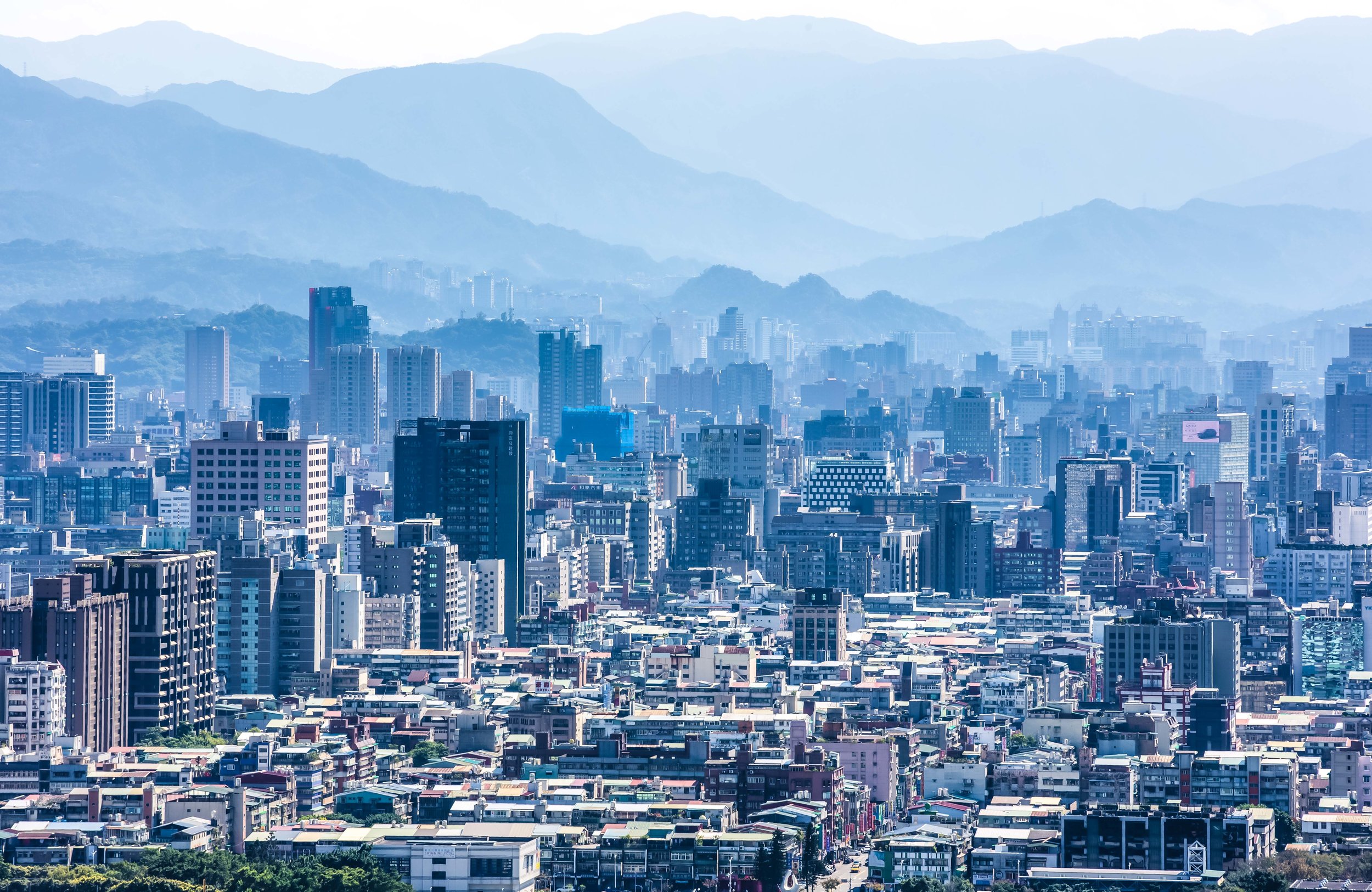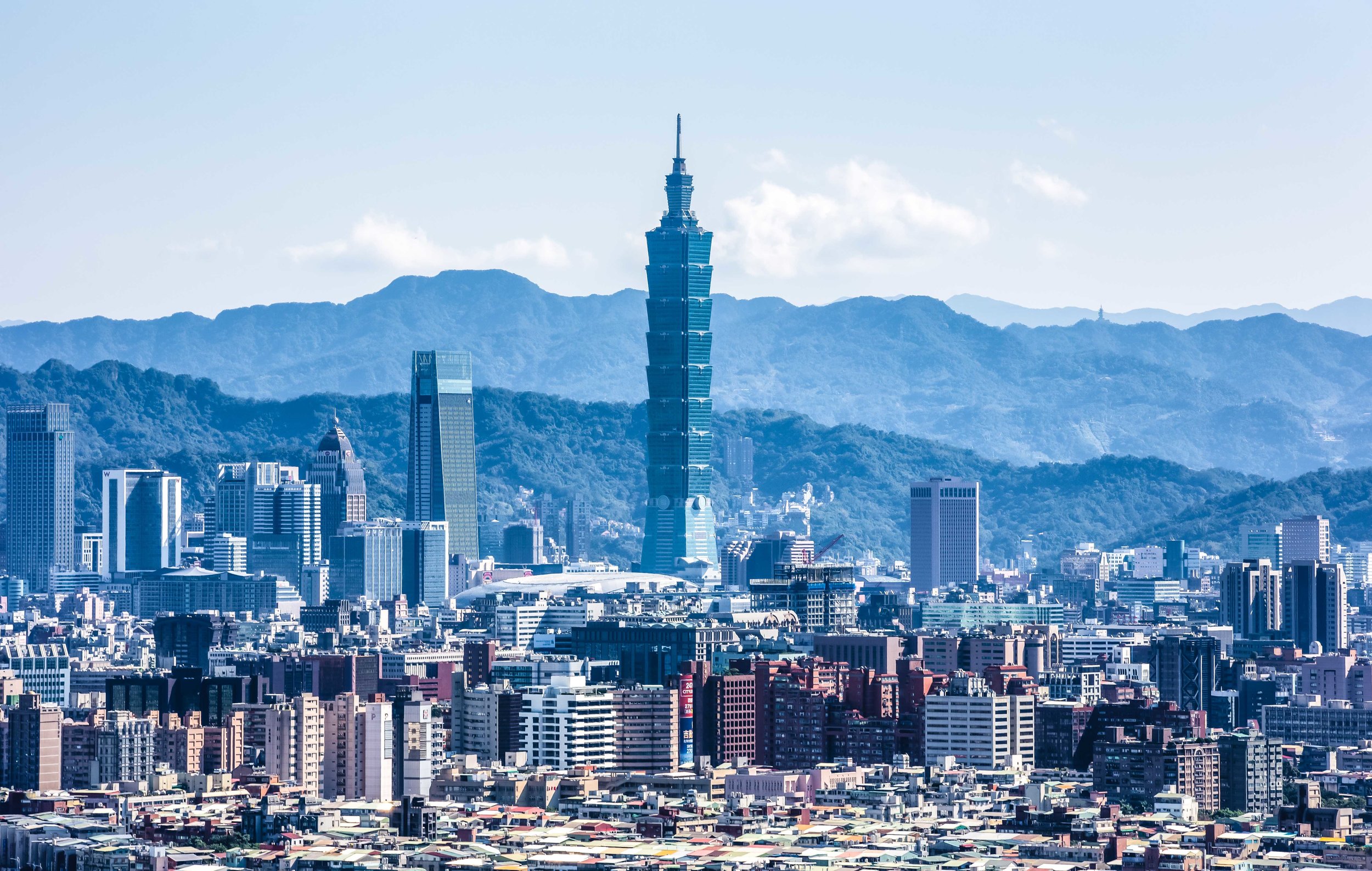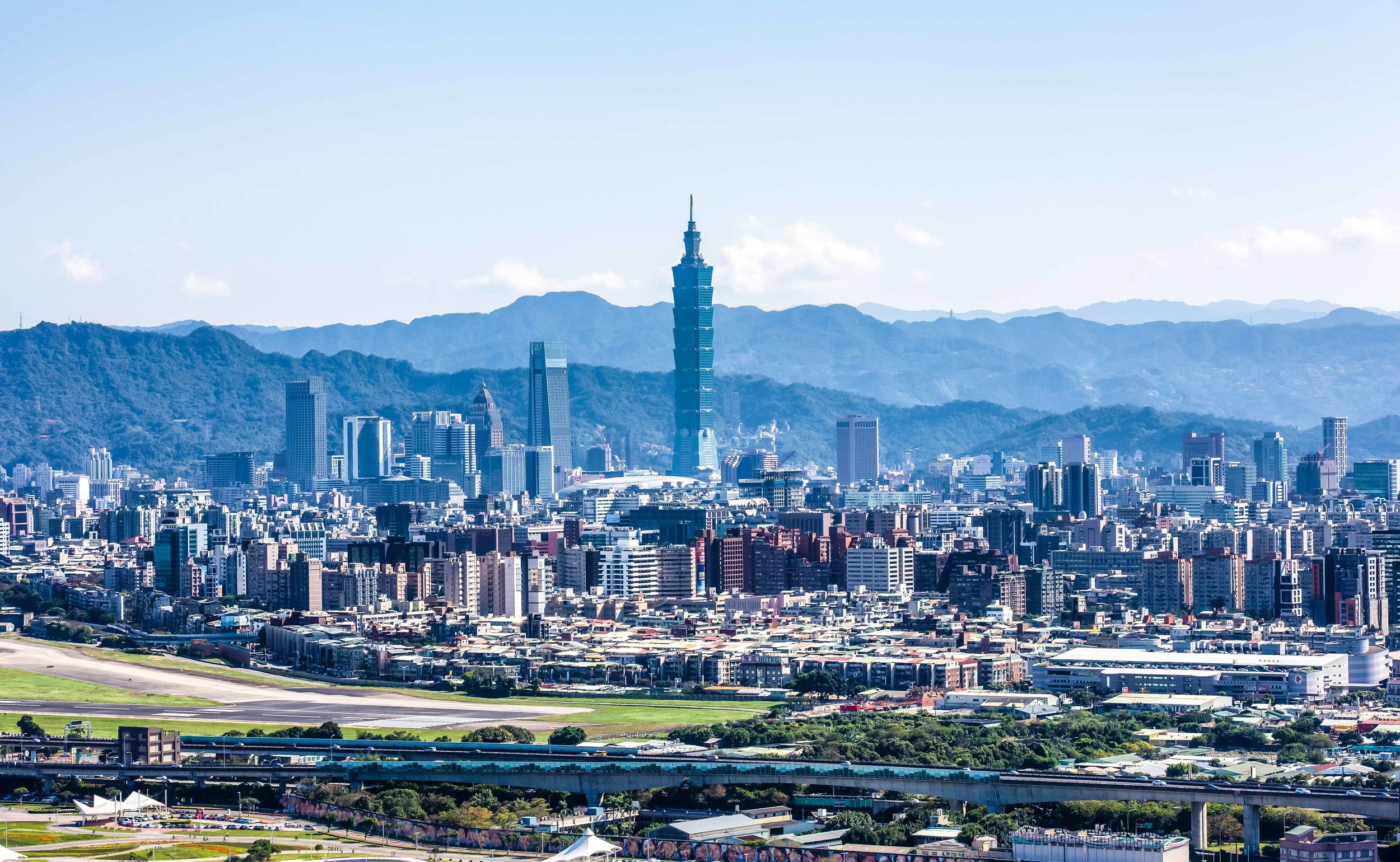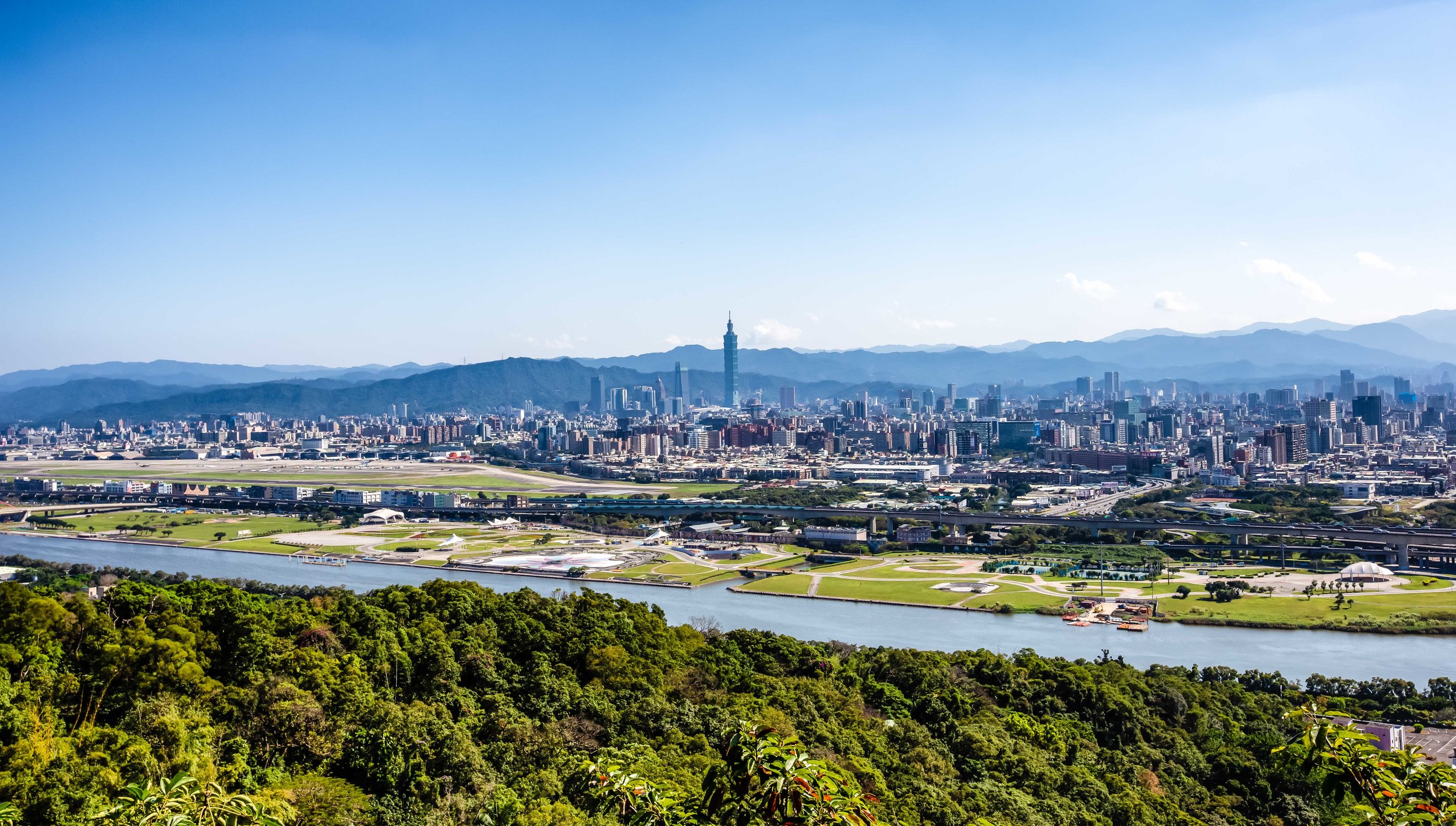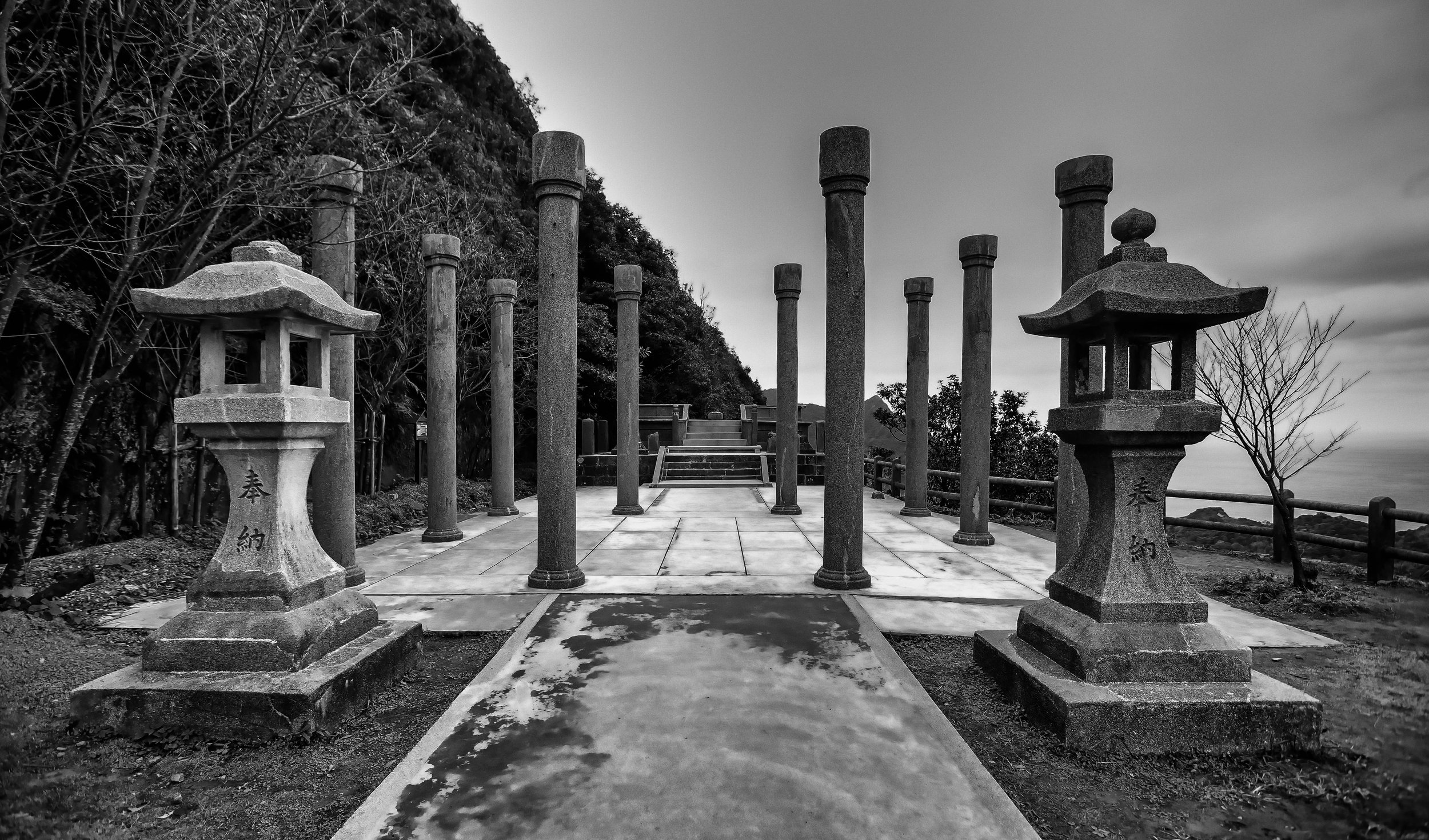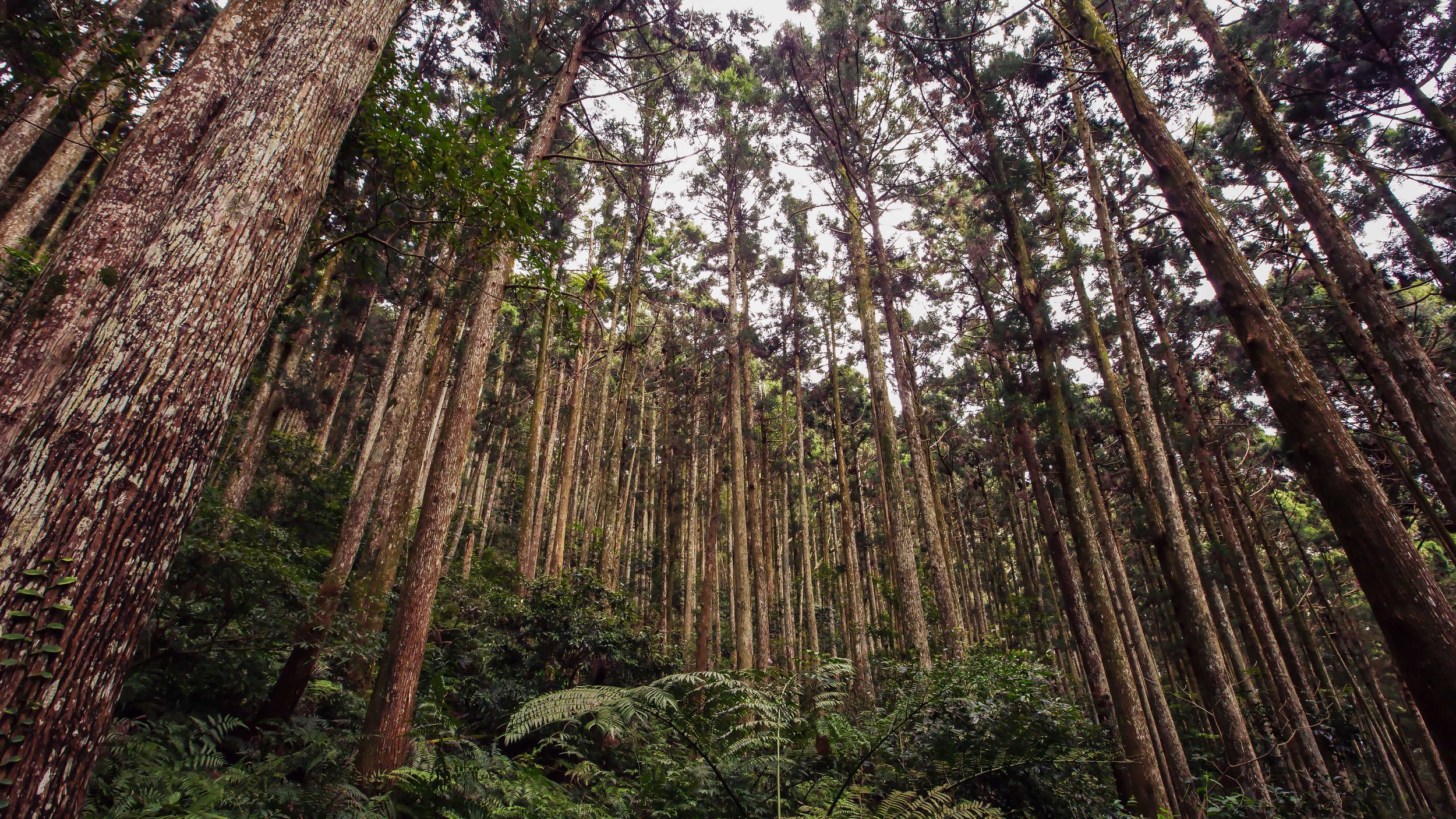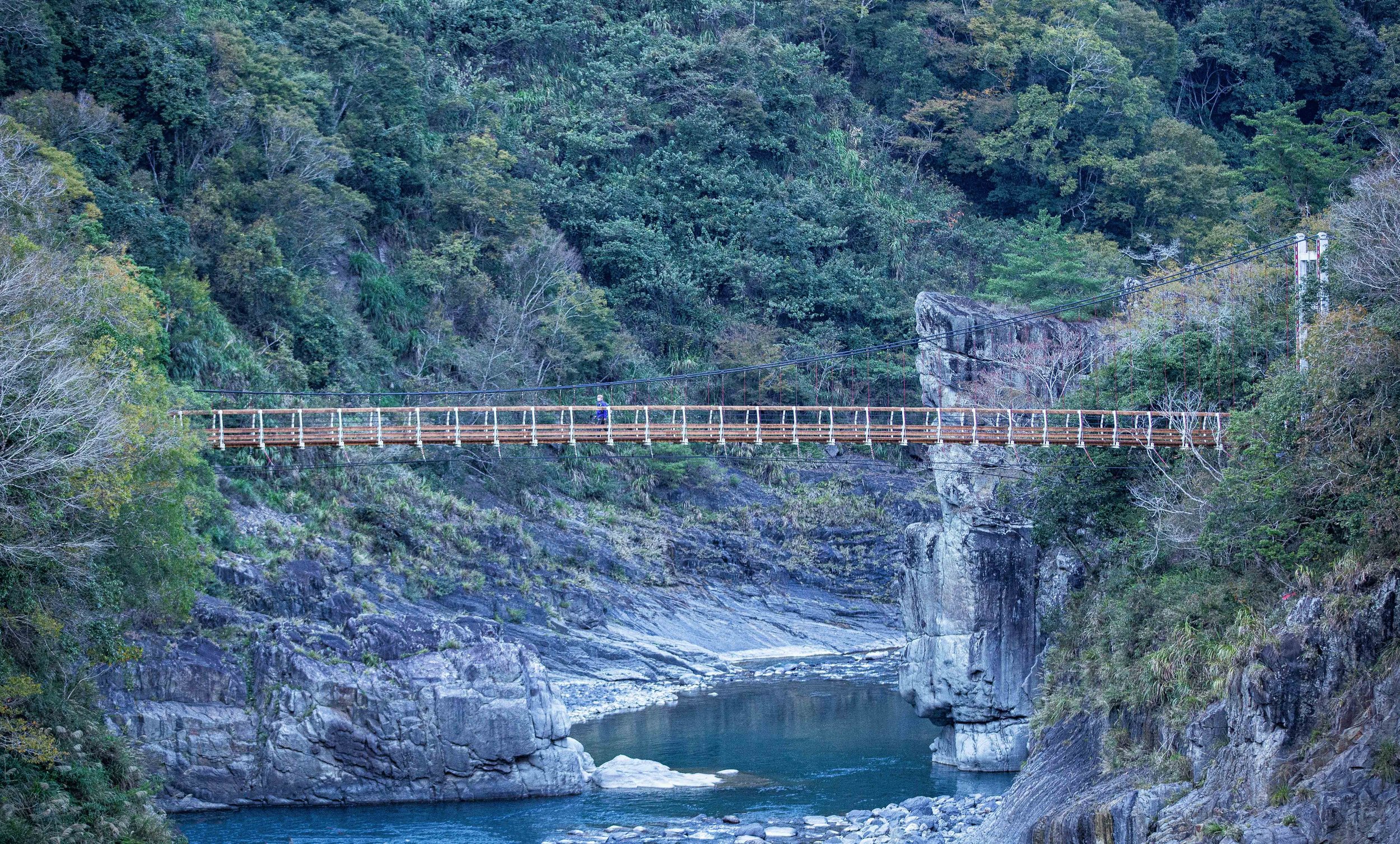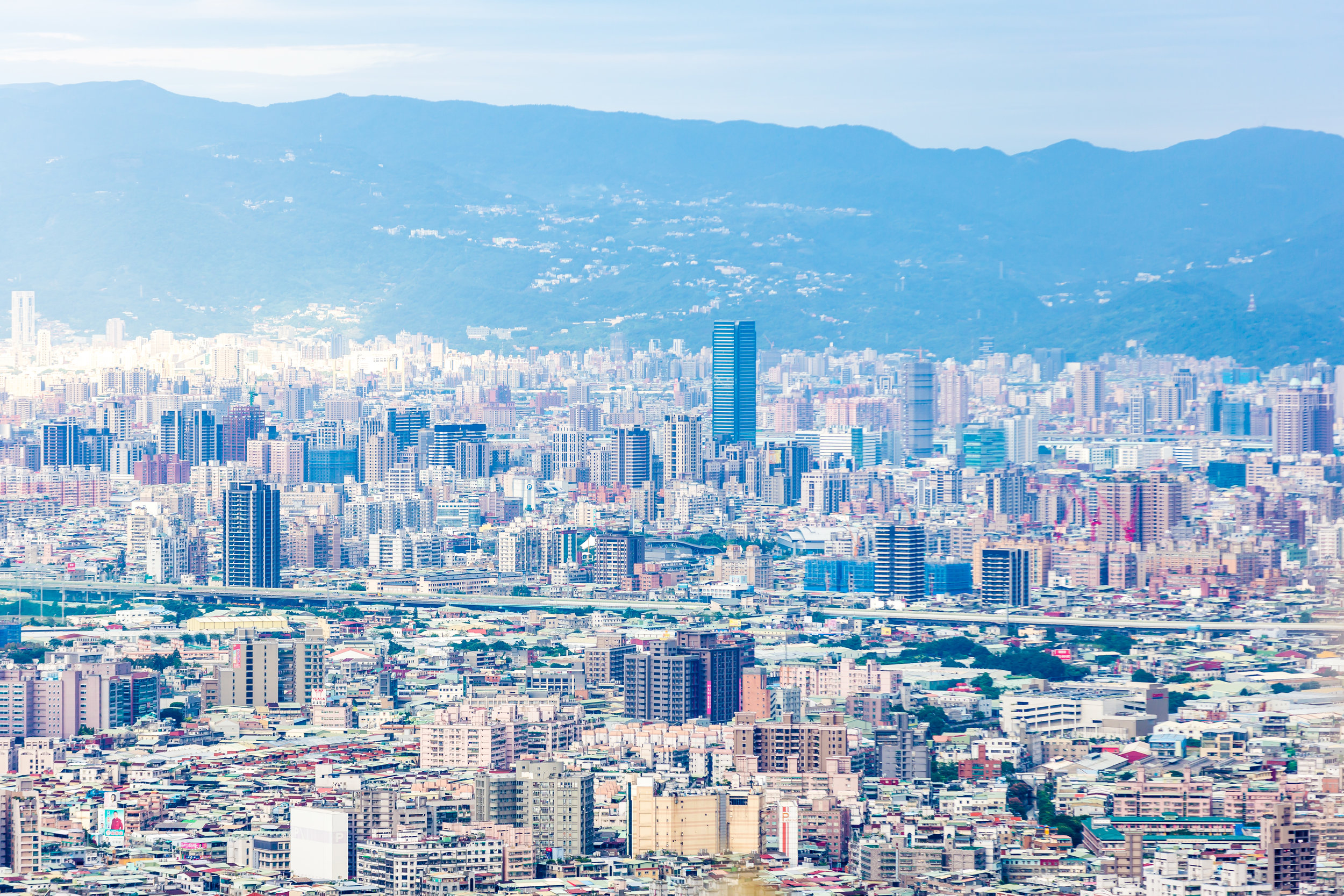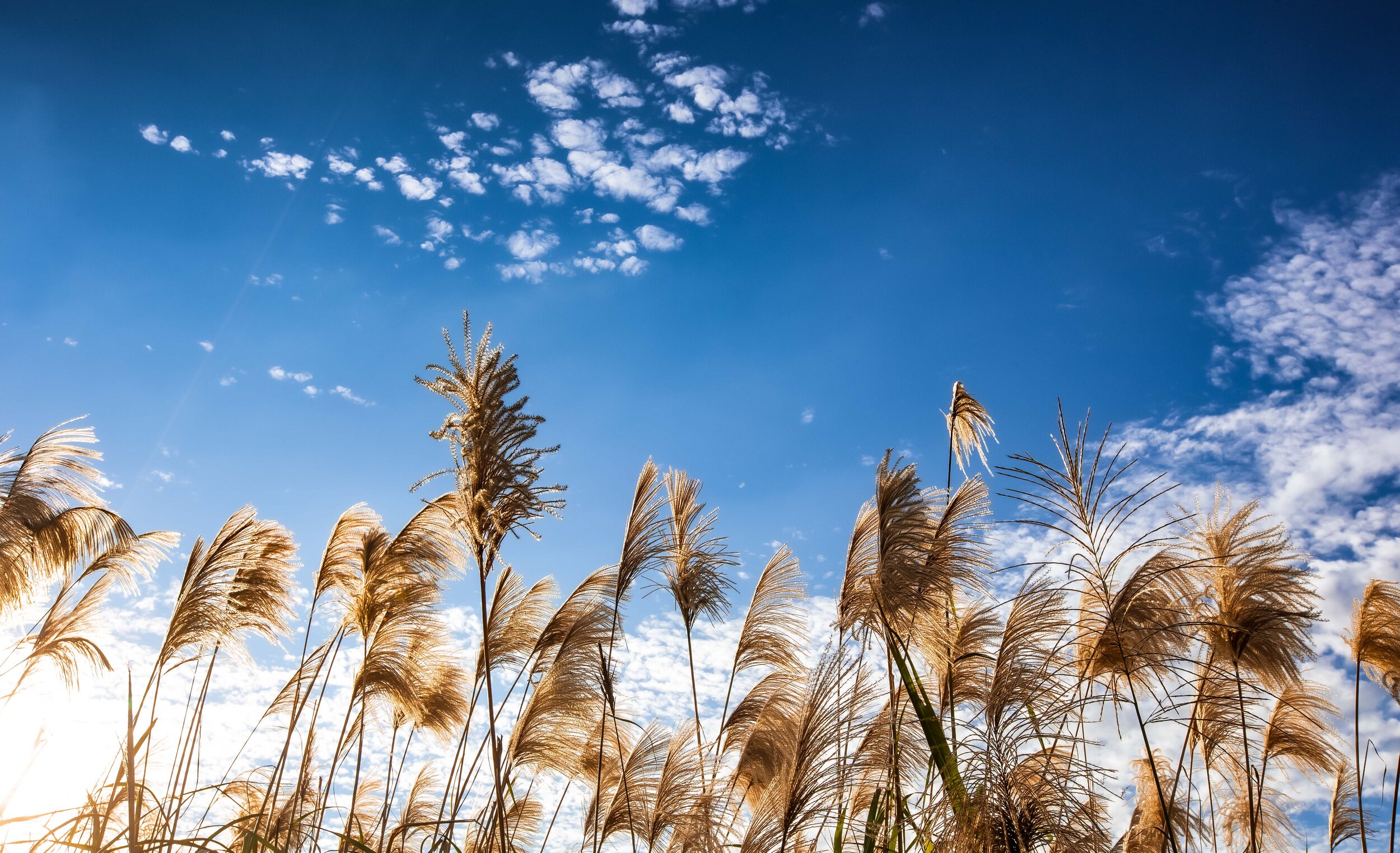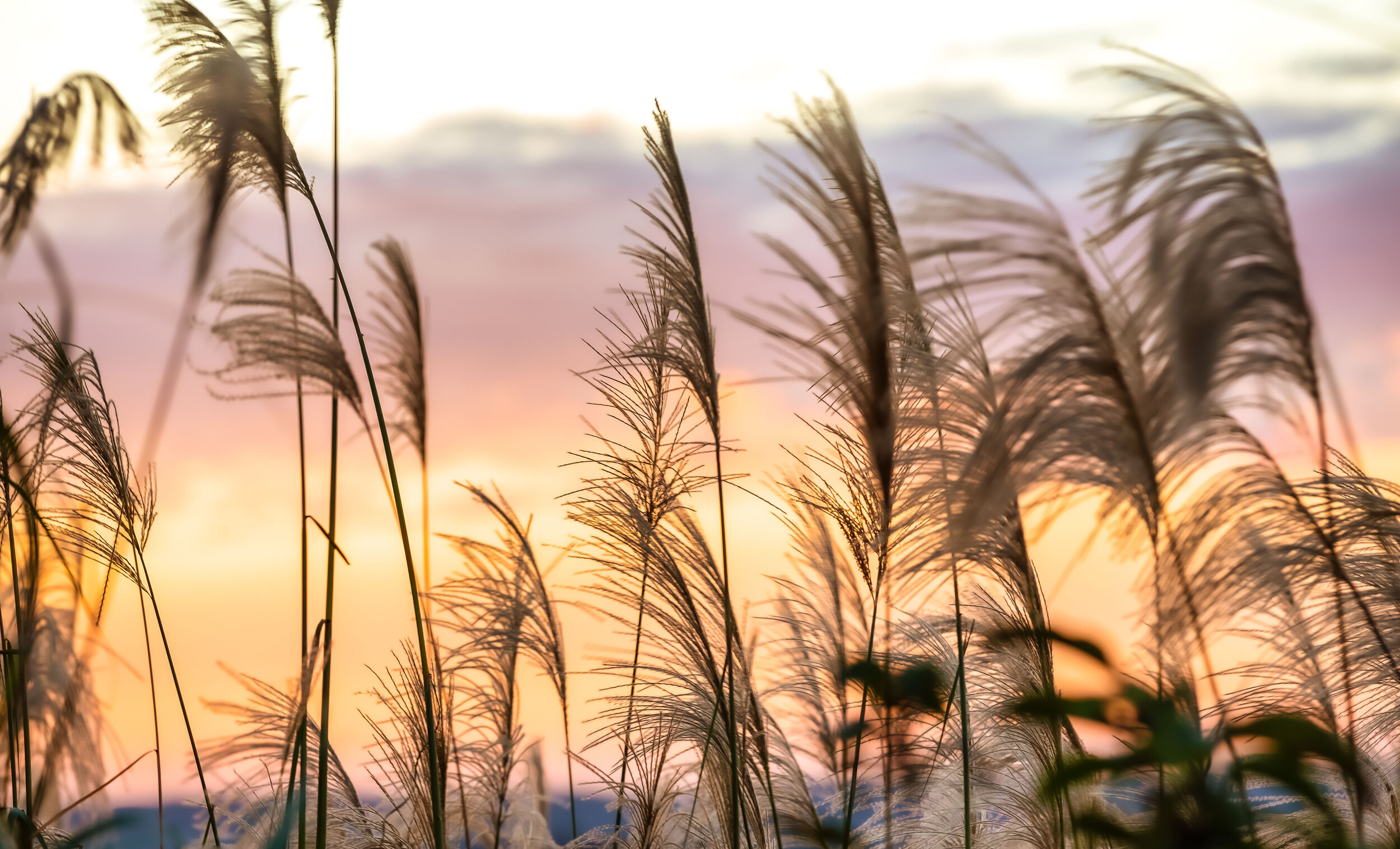Taipei happens to be one of the world’s most modern cities and is home to almost three million people - What makes the city so special though is that it is extremely well-connected to the natural environment thanks to the mountains that surround it.
Taipei’s mountains not only create a natural barrier from the elements but also help to determine the city’s humid subtropical environment and offer residents easy access to much needed respite from city life.
Residents of the city rarely have very far to go to reach one of their mountains and the local government has done an excellent job providing well-developed and well-maintained trails for people to safely enjoy nature.
While the residents of the city are often well-informed when it comes to their mountains, tourists have a bit more difficulty enjoying all that Taipei has to offer.
Most people who visit Taiwan are well-aware of the amazing cityscape views available at Elephant Mountain but they’re less likely to know that the city has several other mountain peaks that offer similar views except with considerably less tourists.
Tiger Mountain, which is part of the same network of hiking trails as the much more popular Elephant Mountain, is one such example of a mountain peak that offers amazing views of the city - and more importantly is one with far fewer tourists blocking your view.
It may well be one of the city’s best kept secrets.
Tiger Mountain Hiking Trail (虎山登山步道)
You could accuse me of a bit of exaggeration - Tiger Mountain isn’t exactly a secret.
It’s safe to say though that it probably isn’t really high on the radar of short-term tourists.
And that’s certainly a shame.
Tiger Mountain offers surprisingly similar views of the Taipei cityscape than its more popular neighbour Elephant Mountain and is also much easier to climb.
The hiking trail also offers hikers access to all of the “Four-Beasts” (四獸山) which include Leopard Mountain (豹山), Lion Mountain (獅山) and Elephant Mountain (象山) as well as other peaks like Thumb Mountain (拇指山), 9-5 Peak (九五峰) and Nangang Mountain (南港山).
Depending on where you start the hike, it shouldn’t really take you any longer than 20-30 minutes to complete - but that depends on how many times you stop to enjoy the scenery.
The peak has a platform set up to enjoy the view but even before you arrive there are several vantage points where you’ll be able to enjoy great views of the city.
For those who plan to hike all of the “Four Beasts”, your best bet is to start your hike from Tiger Mountain and finish at Elephant Mountain. This way you avoid a much steeper climb and the throngs of tourists who will get in your way.
You’ll also be able to complete the hike much faster than you would if you started on the opposite side.
It should be noted that if you are looking for a place to watch the Taipei 101 fireworks, it is unlikely that you’ll be able to get a spot unless you arrive extremely early.
The mountain isn’t a secret with locals and photographers tend to reserve their spaces early for the show!
Leopard Mountain Hiking Trail (豹山登山步道)
If you’ve got a bit of extra time, you may want to consider the short walk from the peak of Tiger Mountain to the peak of nearby Leopard Mountain. You may think that walking from the peak of one mountain to another is going to take a while but it actually only takes about five to ten minutes to get to the next peak / viewing platform.
Once you leave the peak of Tiger Mountain you’ll likely start to notice signs on the trail that point in the direction of Leopard Mountain. You’ll quickly descend to a paved road where you’ll walk past a temple and then make a right turn from there.
The platform to Leopard Mountain is a two minute walk from the temple and offers another visitors another well-maintained platform that gives relatively similar views of the Taipei cityscape.
If you arrive at Tiger Mountain and there are a lot of people on the platform, you may want to consider heading to Leopard Mountain and then coming back later!
If you’d like more detailed information about Tiger Mountain and the rest of the Four Beasts, I highly recommend you check out Neil Wade’s blog “Hiking the Four Beasts Mountains (四獸山) - Tiger Mountain (虎山)” which gives excellent details and includes a map of all the trailheads and points of interest.
Getting There
There are several trailheads that give visitors access to the Four Beasts Hiking Trail - The commonality between all of them however is that you’ll take the MRT to a station on the Blue Line and then walk for about 10-15 minutes before arriving at your chosen trailhead.
The easiest walking route would be to get off the MRT at Houshanpi Station (後山埤捷運站) and make your way to Fengtian Temple (奉天宮) where you’ll find the trailhead to the rear.
This route is the most straight forward because it doesn’t require a lot of turns and there are signs on the road that will easily navigate you toward the temple and the trailhead.
Another route involves getting off the MRT at Yongchun Station (永春捷運站) and turning right on Songshan Road (松山路) and then either making your way toward Fengtian Temple or to the trailhead across the street from Yongchungang Park (永春崗公園) with the latter being a bit closer in terms of walking distance.
There are of course pros-and-cons to each of the trailheads in terms of walking distance from the MRT and some of the things you may or may not see along the way. If you want a shorter walk and a quick climb you should probably consider heading there via Yongchun station.
Either way I highly recommend stopping by Fengtian Temple either before or after your hike - it is one of the city’s prettiest places of worship and is definitely an added bonus to the hike!
It seems like everyone who visits Taipei knows about the view from Elephant Mountain and they’re all willing to climb it to try to get their iconic travel photos.
If you’re impatient like I am and you really don’t have to spend all your time waiting in line to take your turn for a photo you may want to consider trying your luck with Tiger Mountain.
Say no to long lines! Say yes to Tiger Mountain!





















